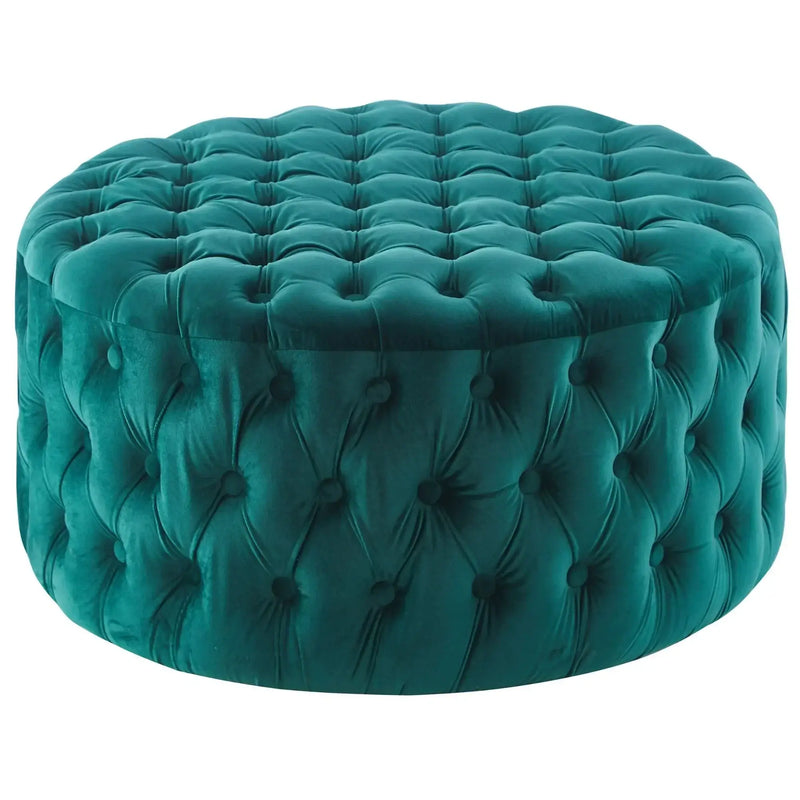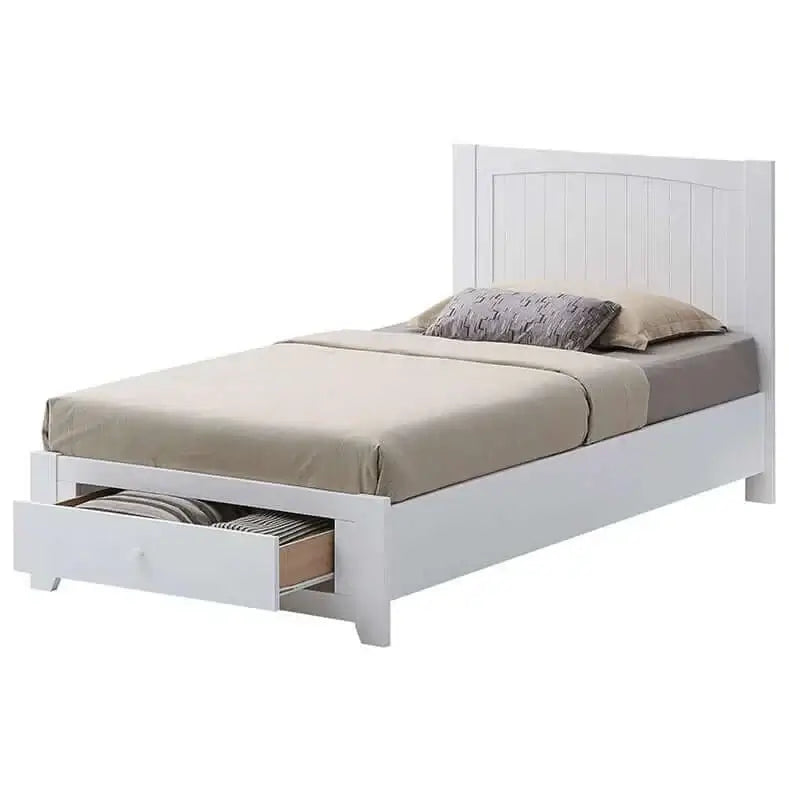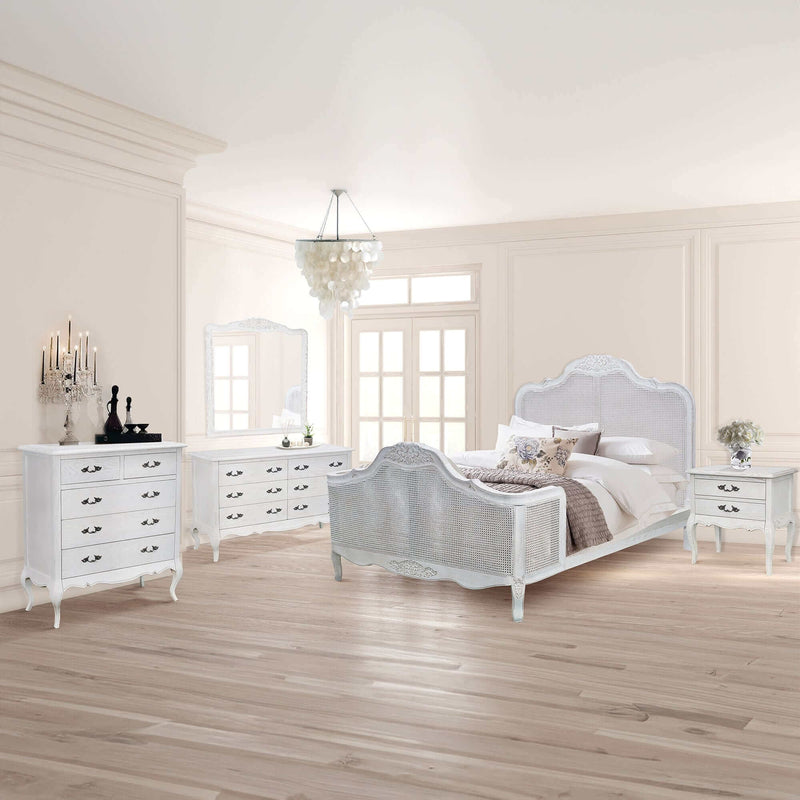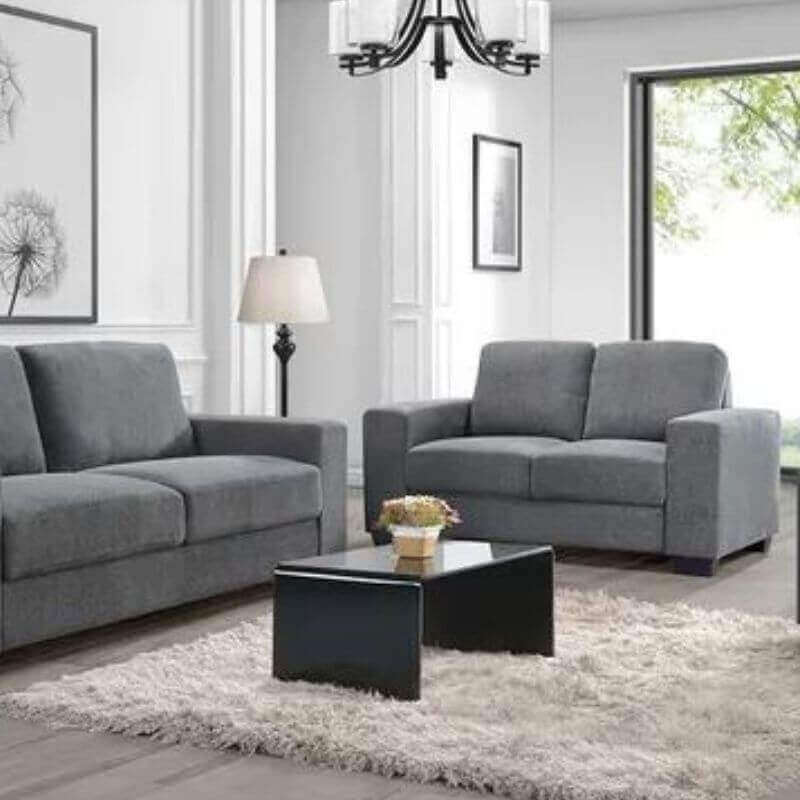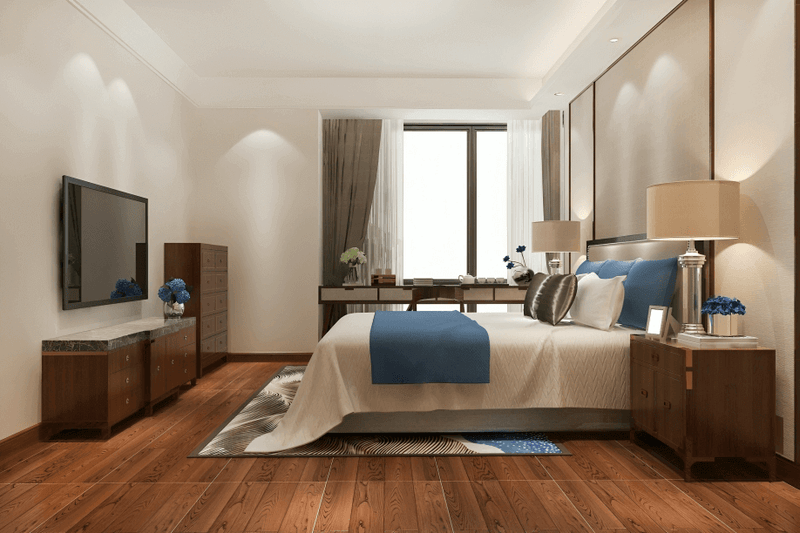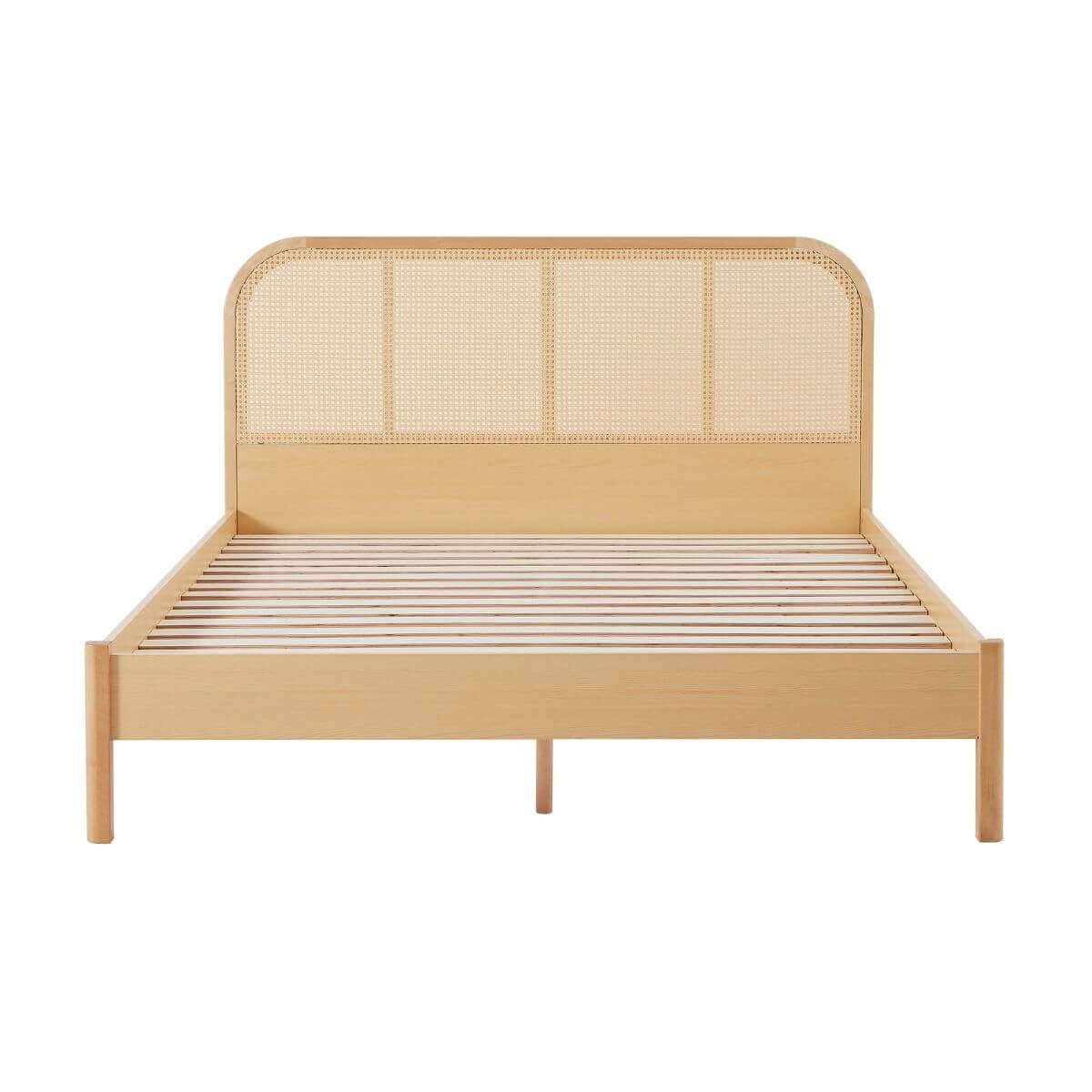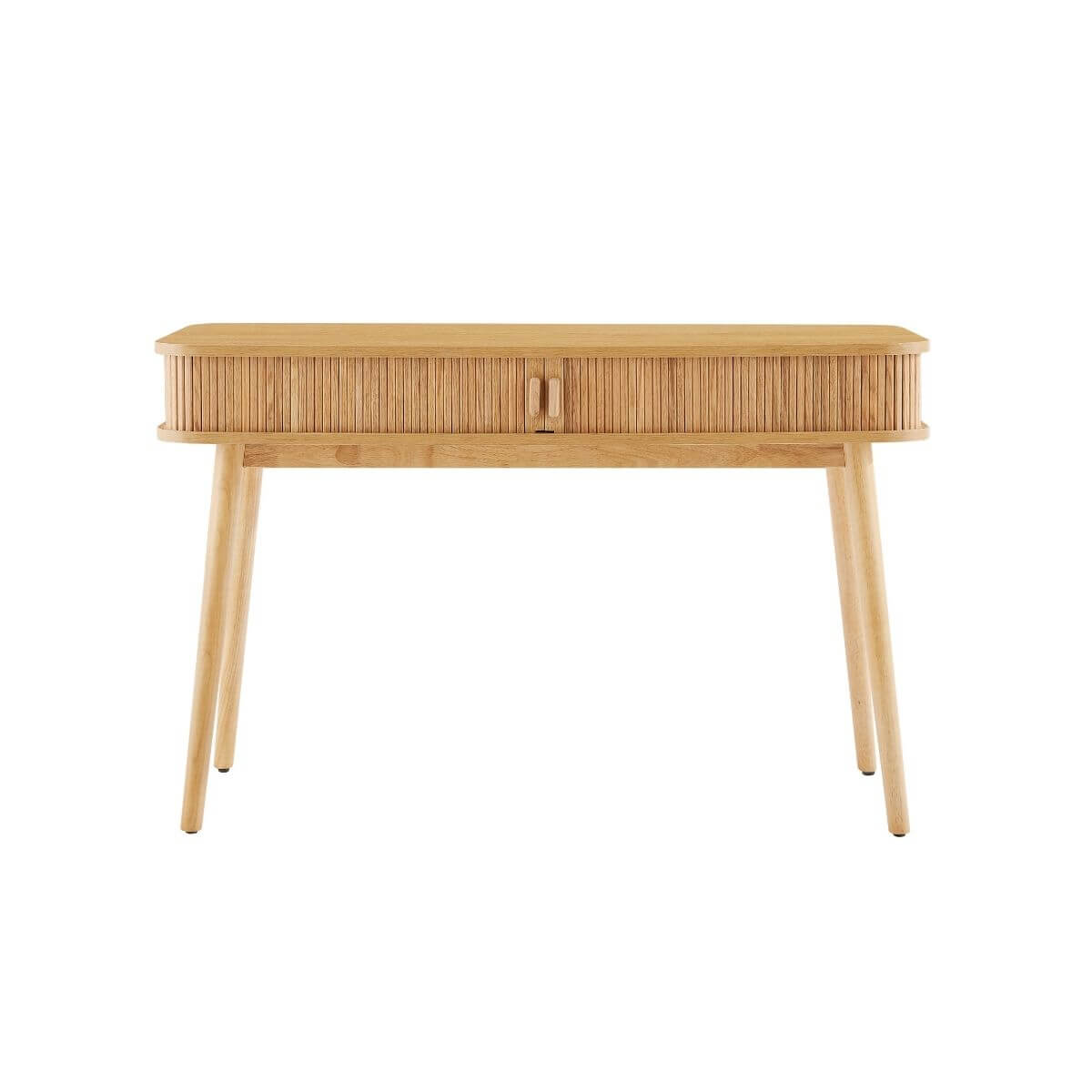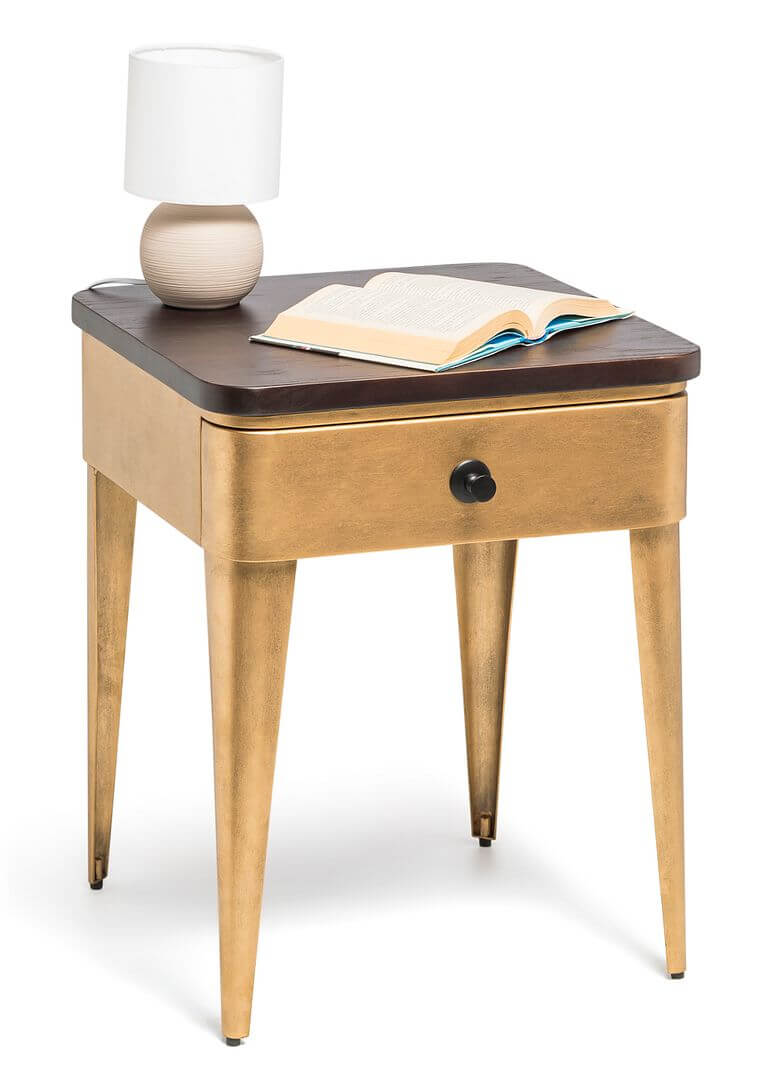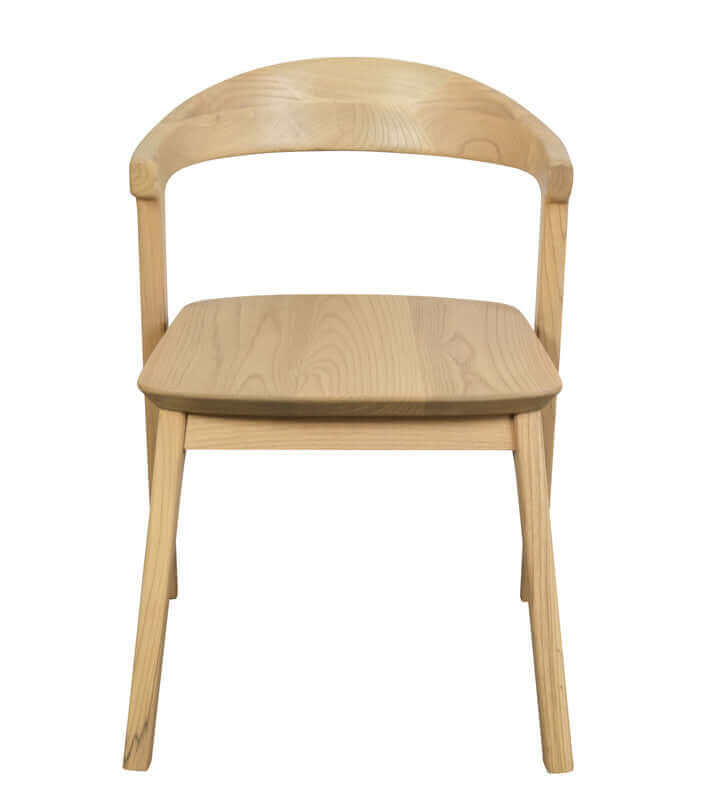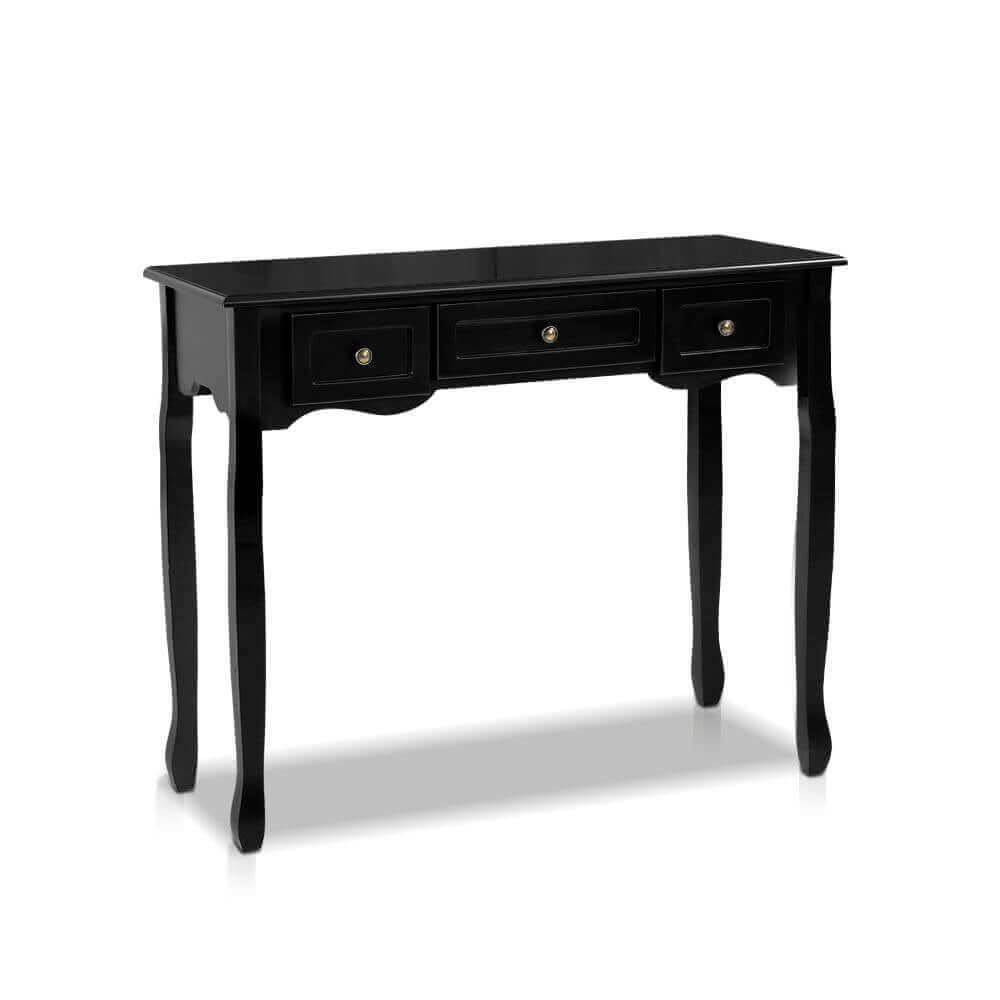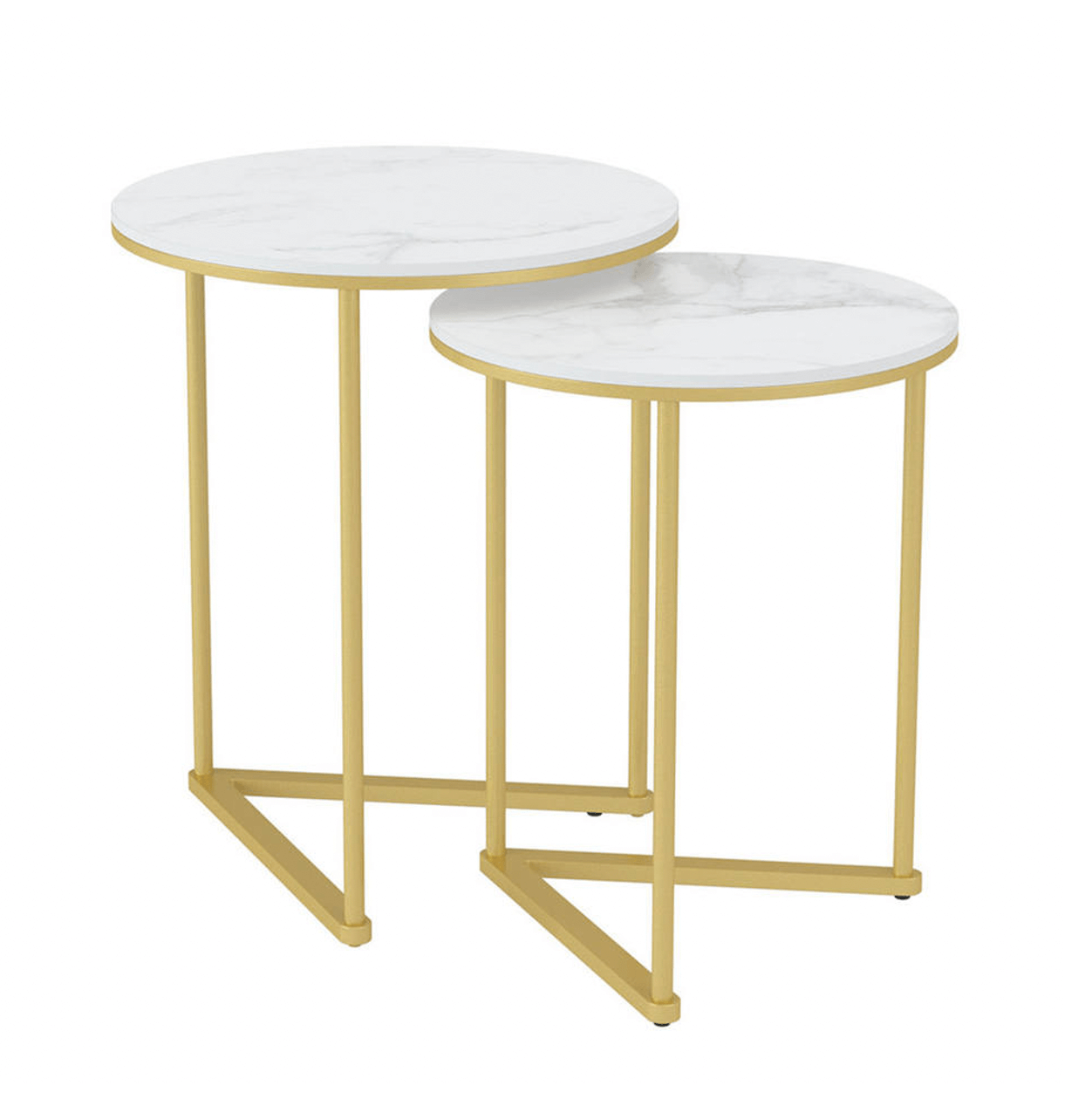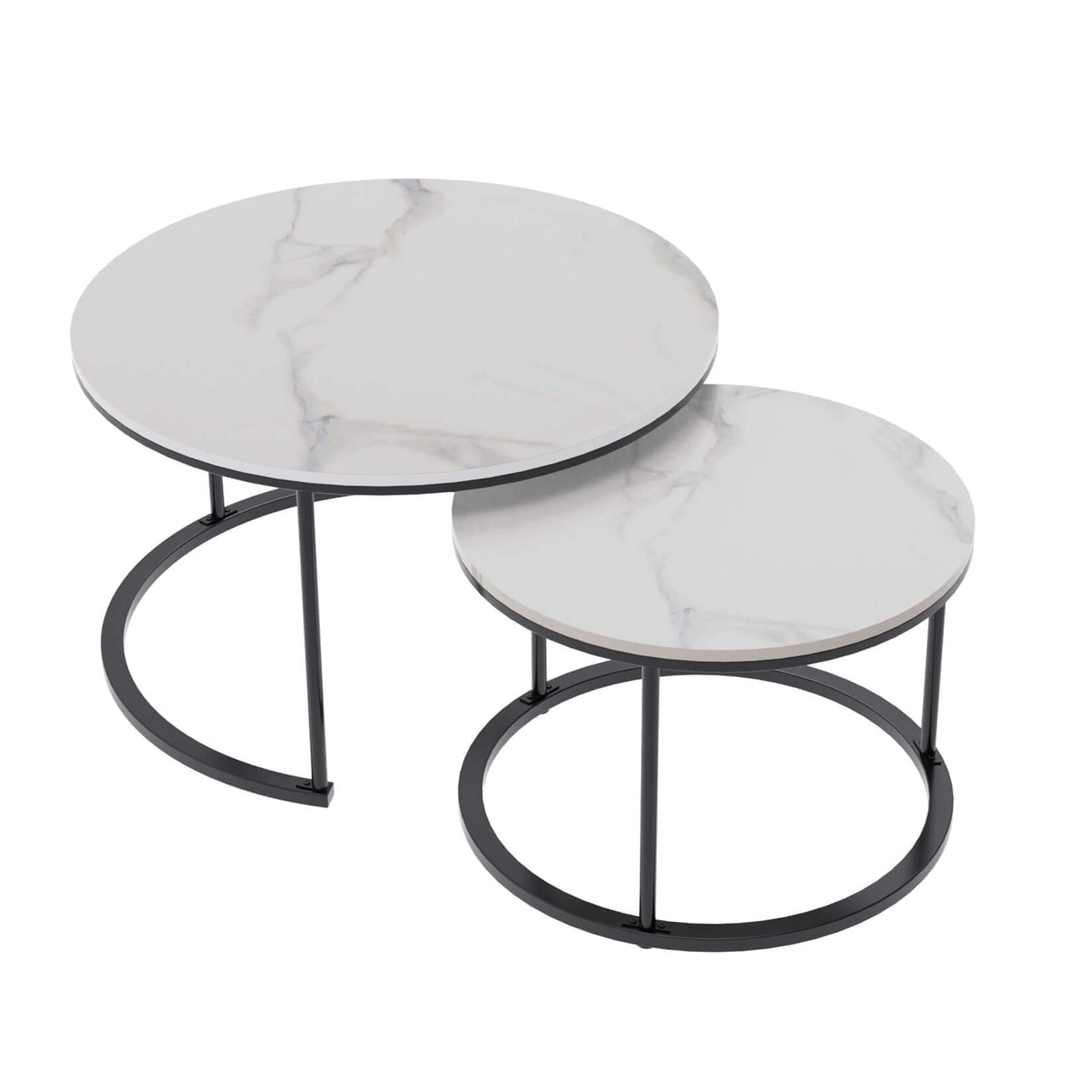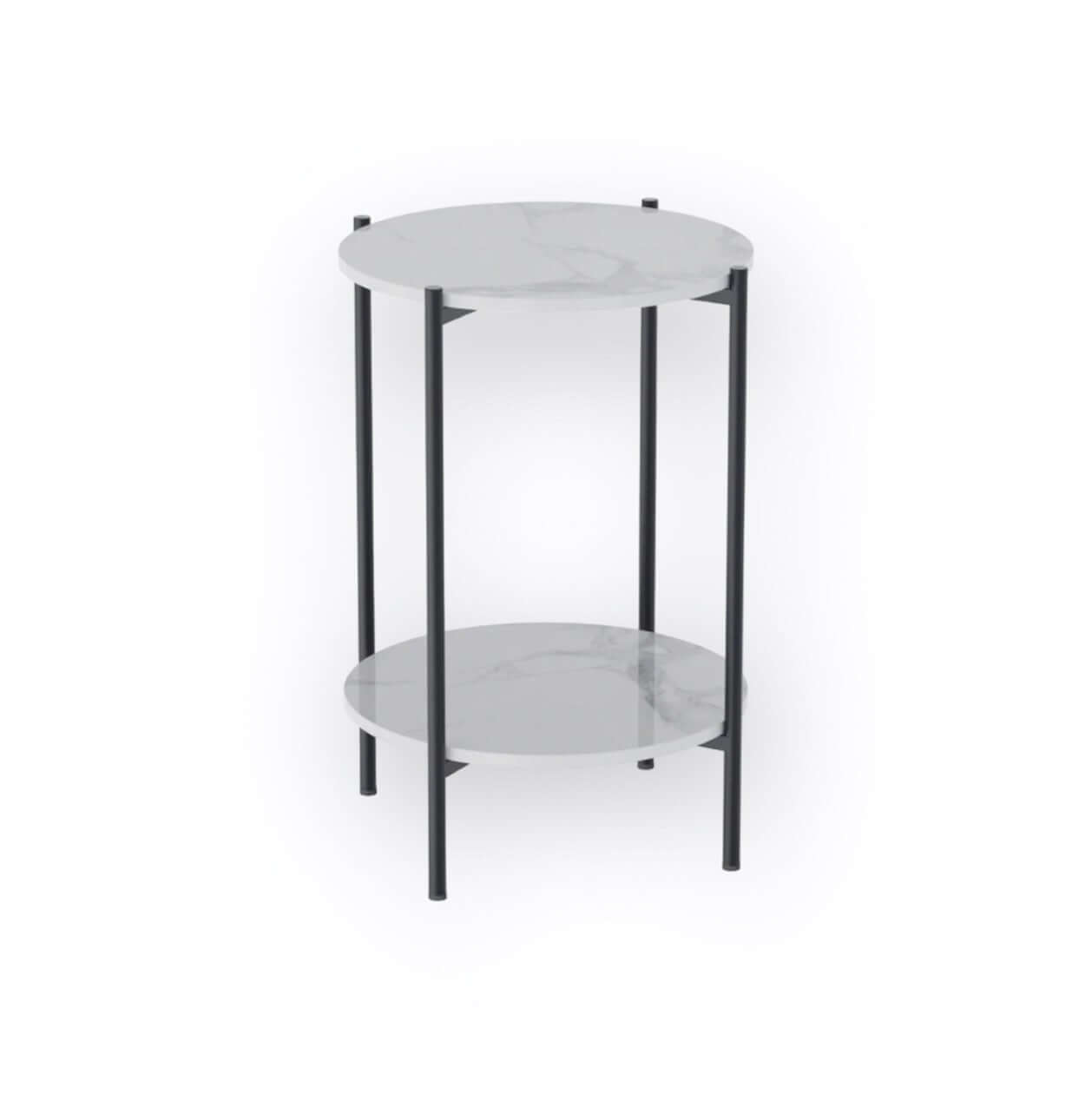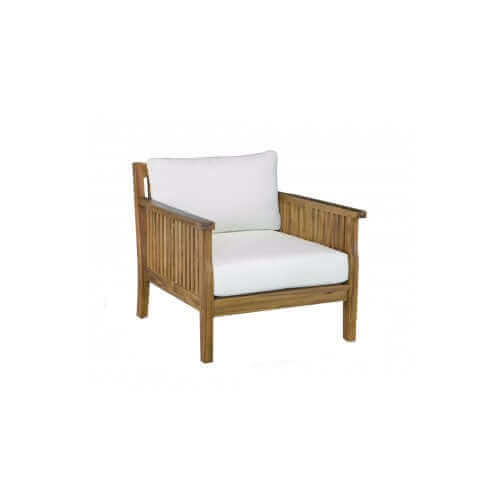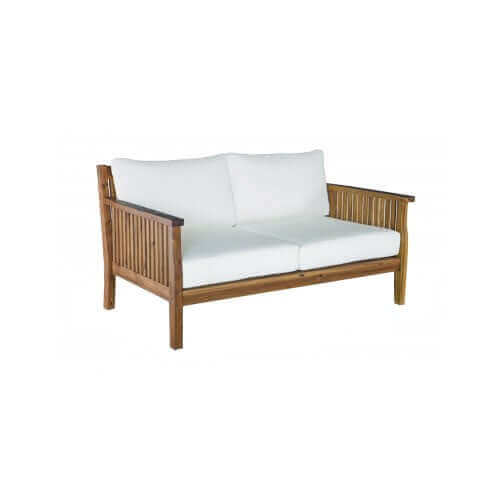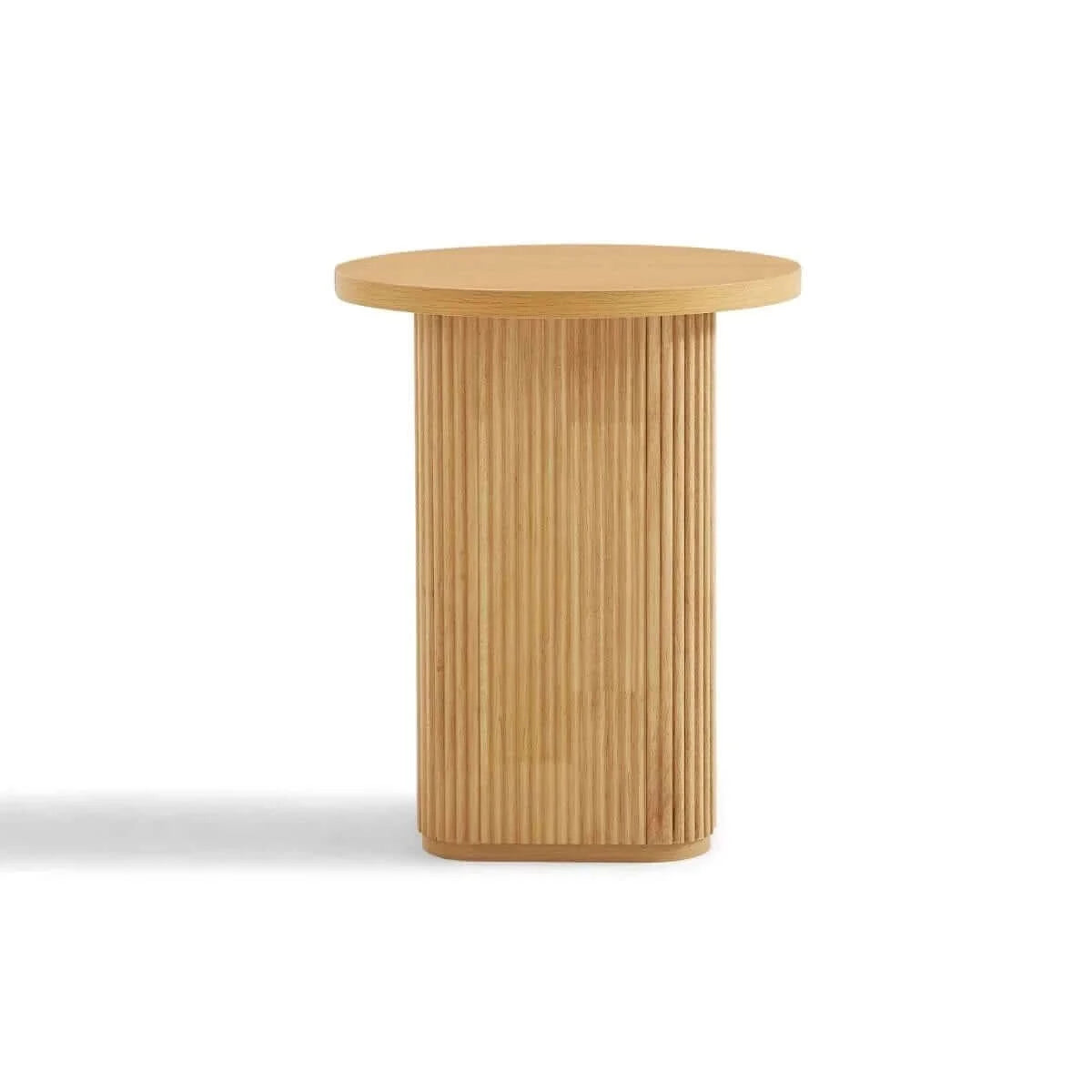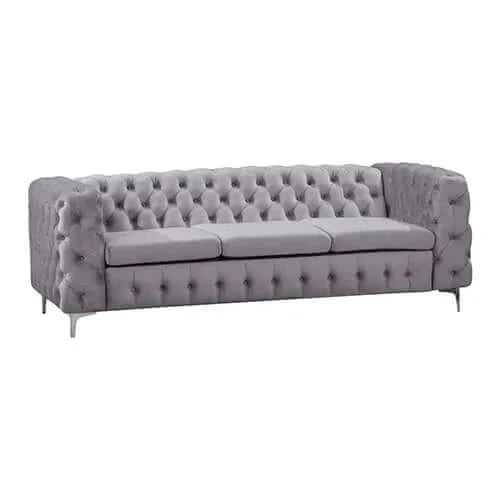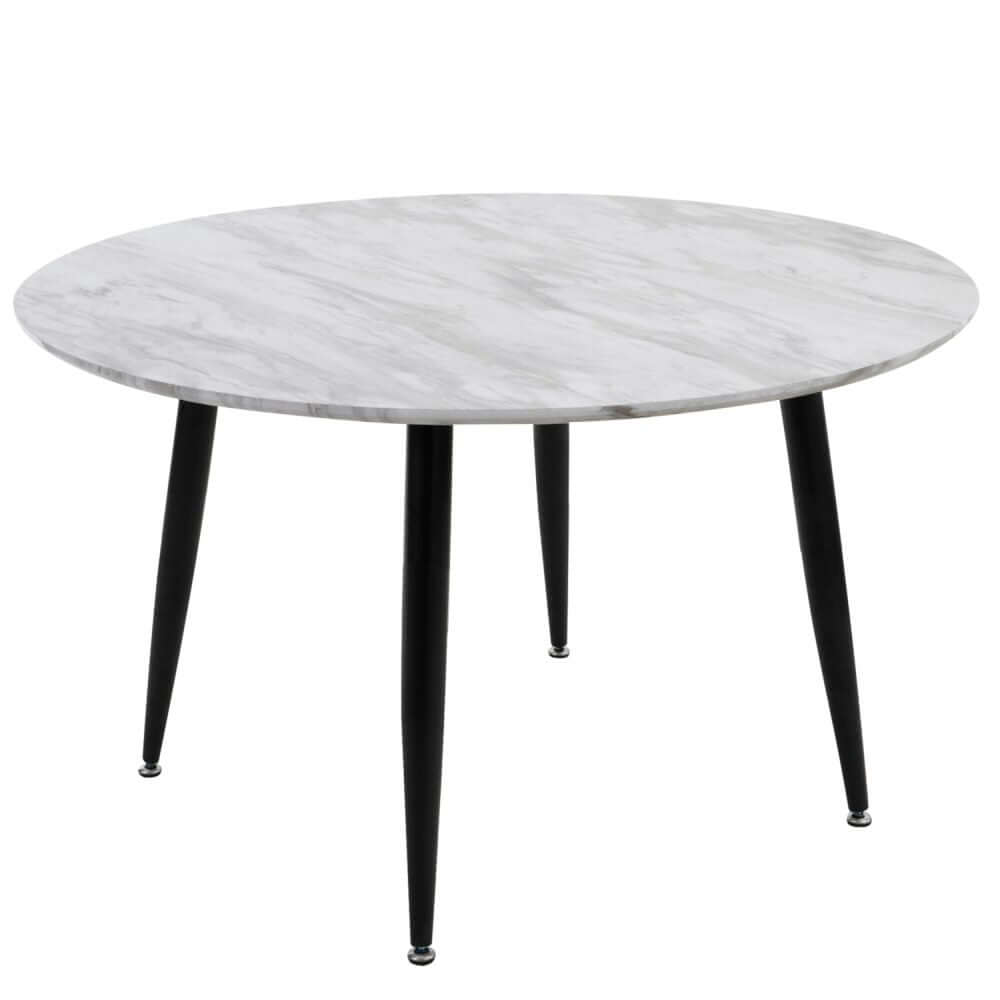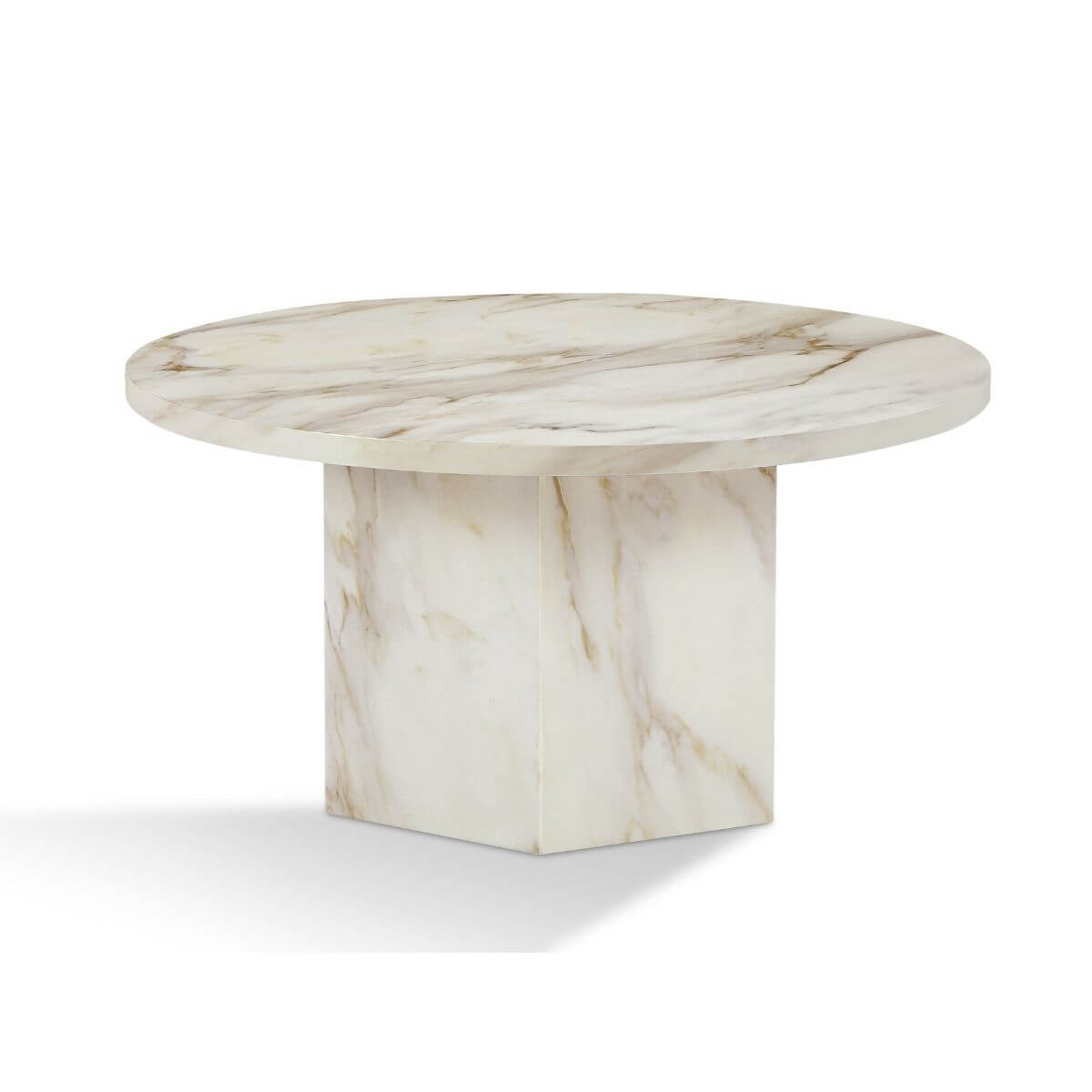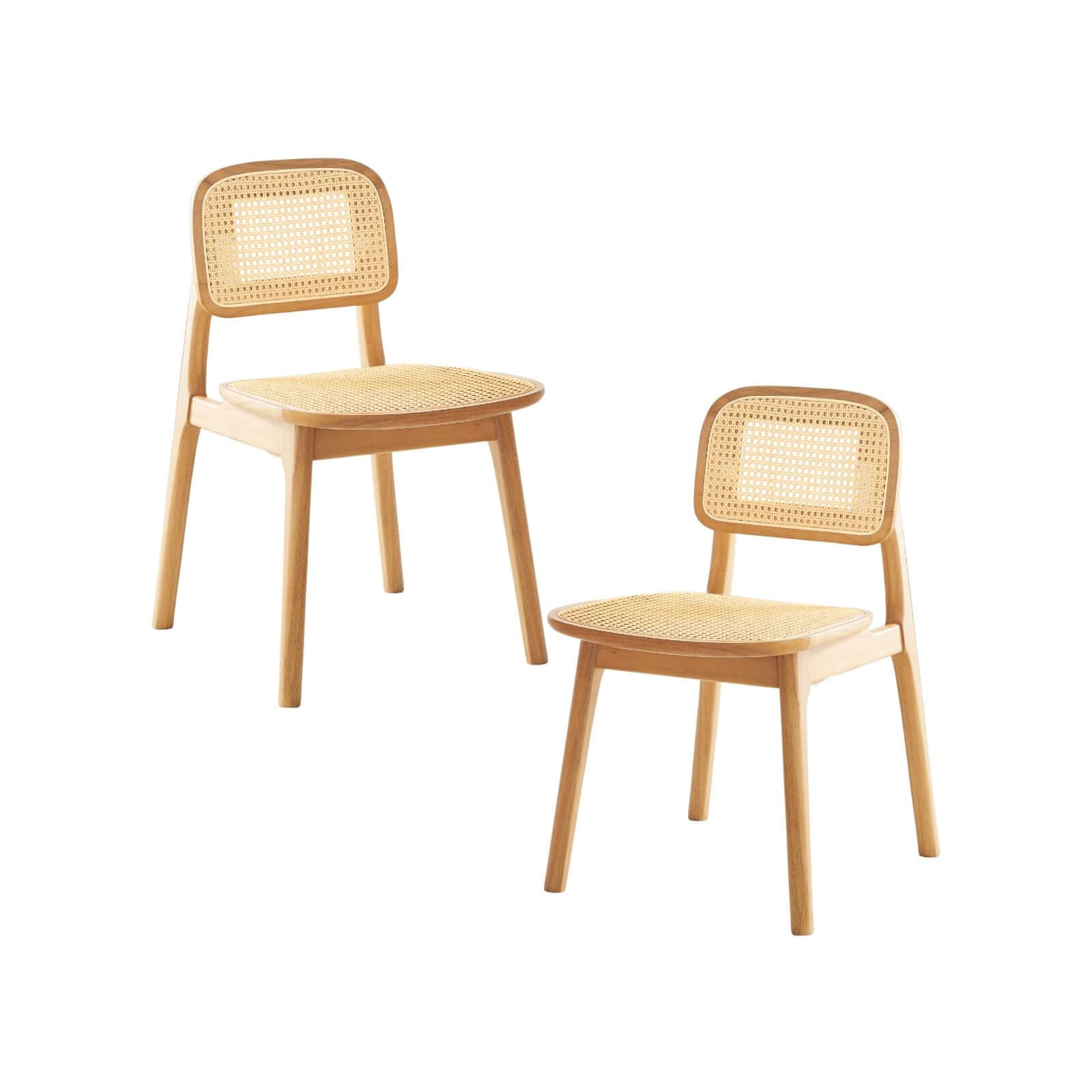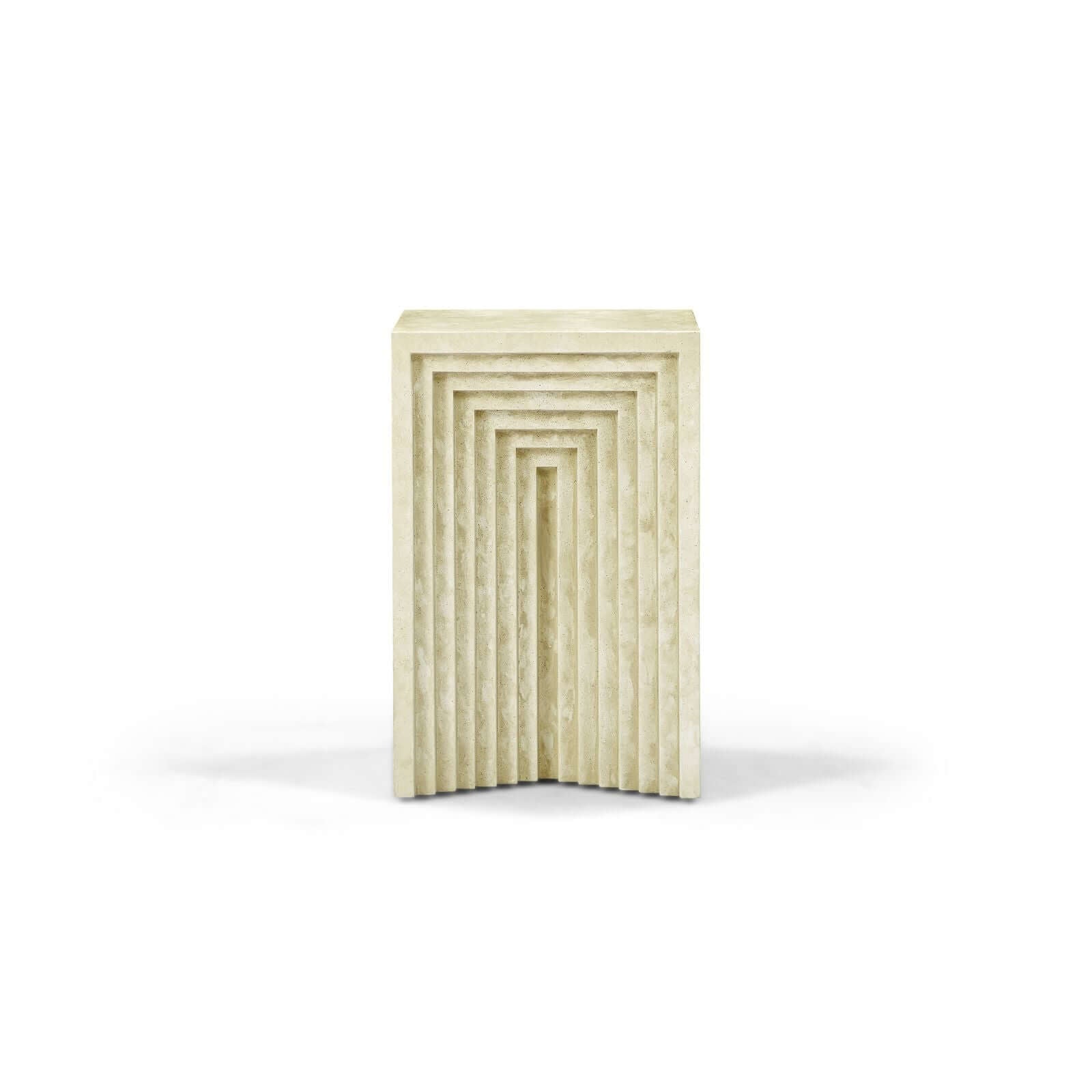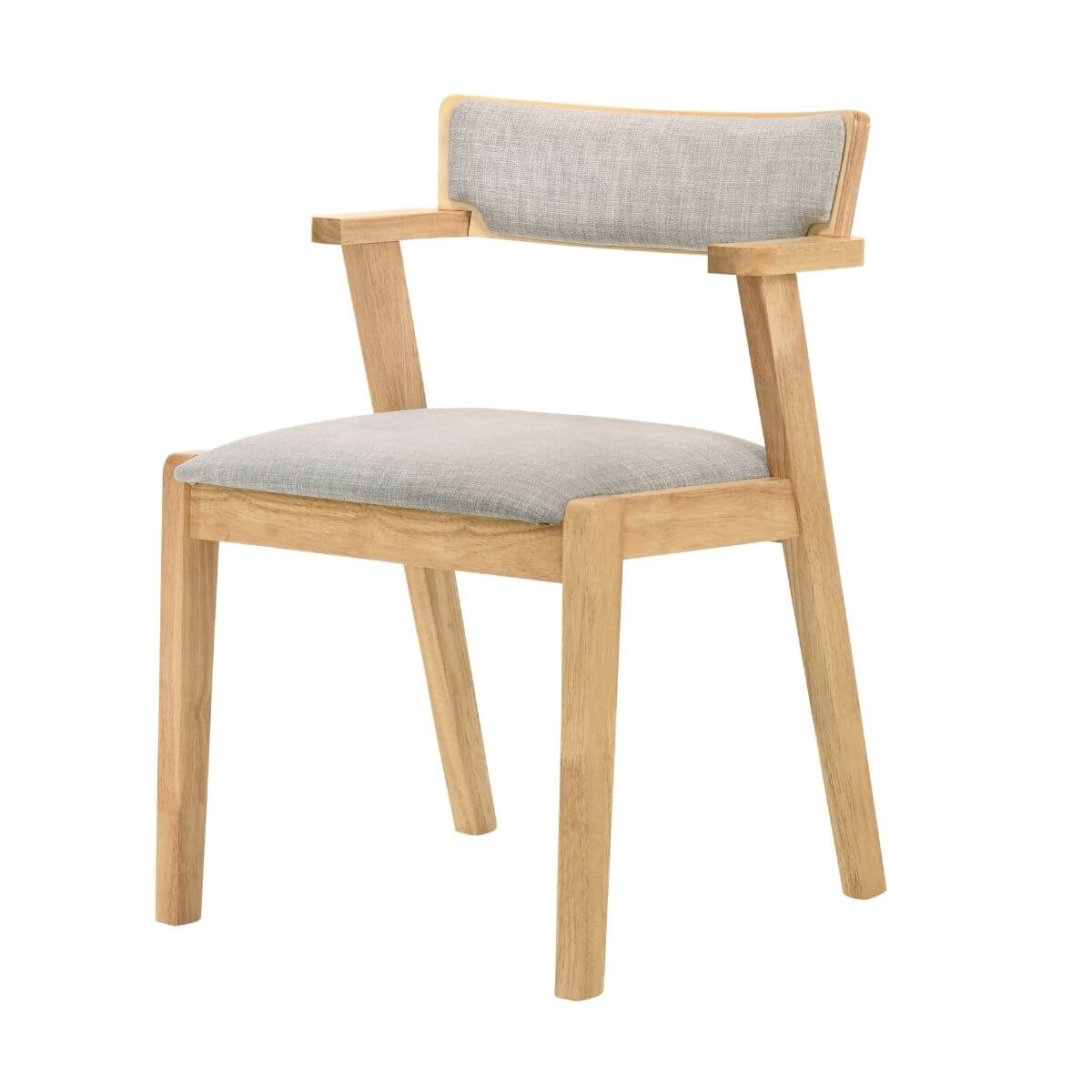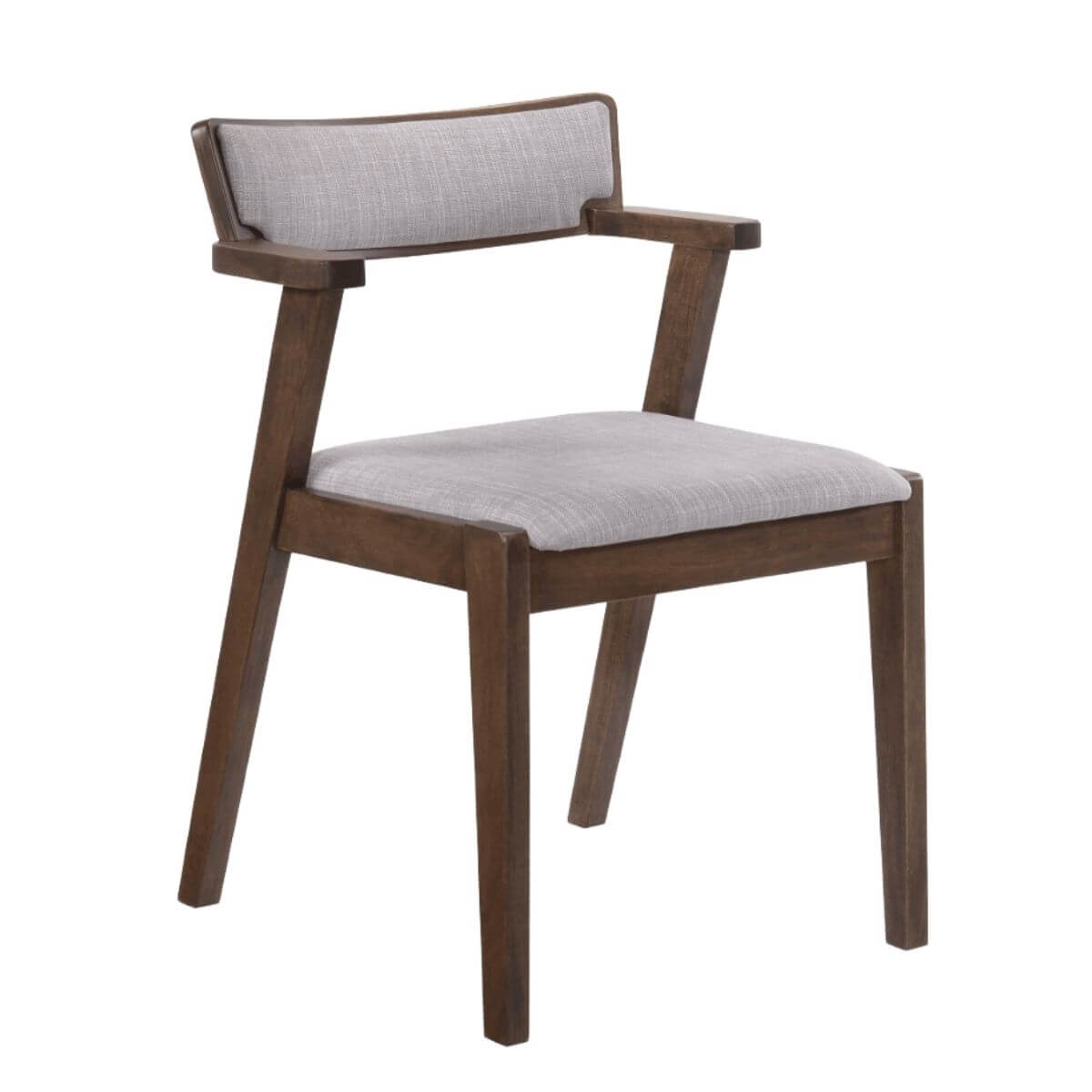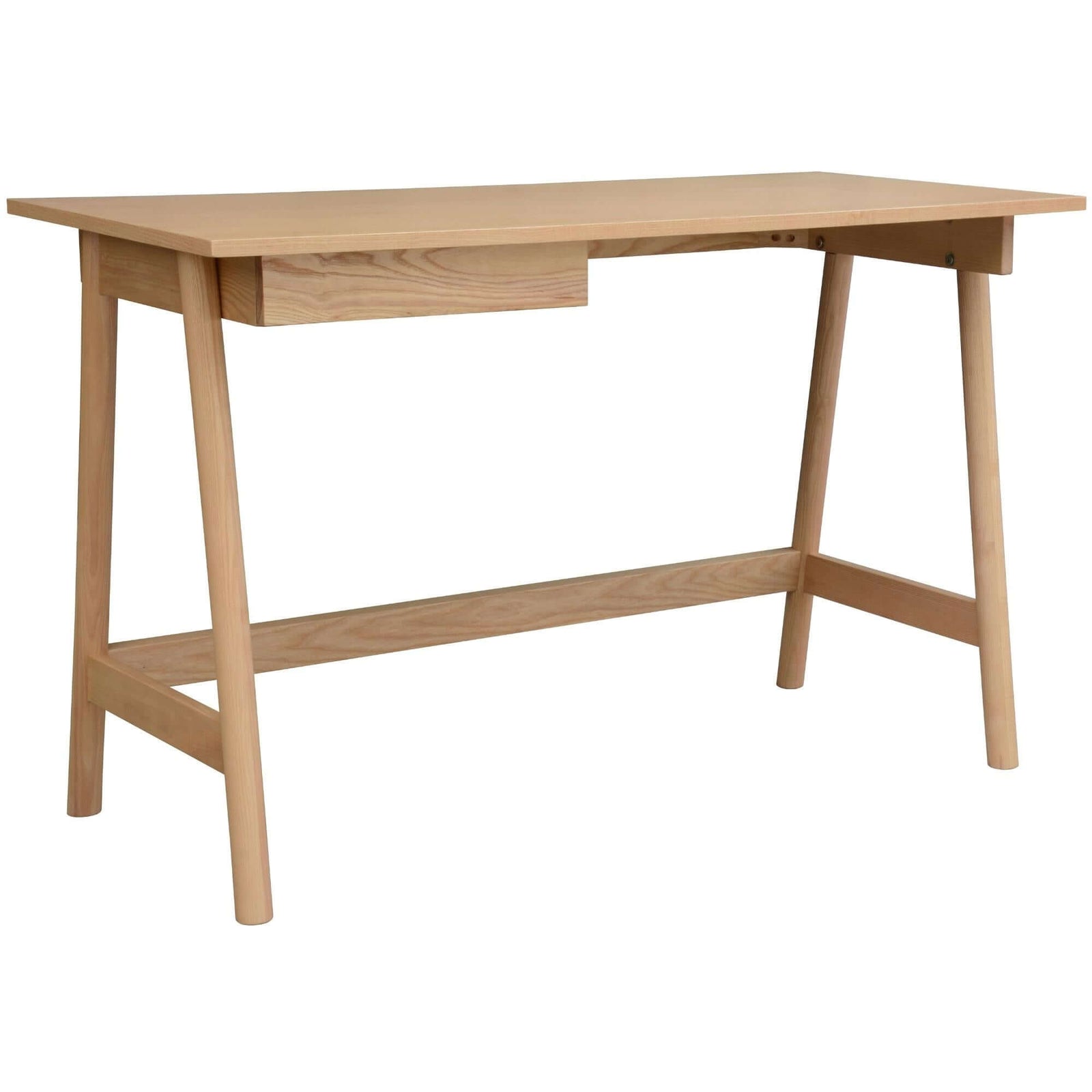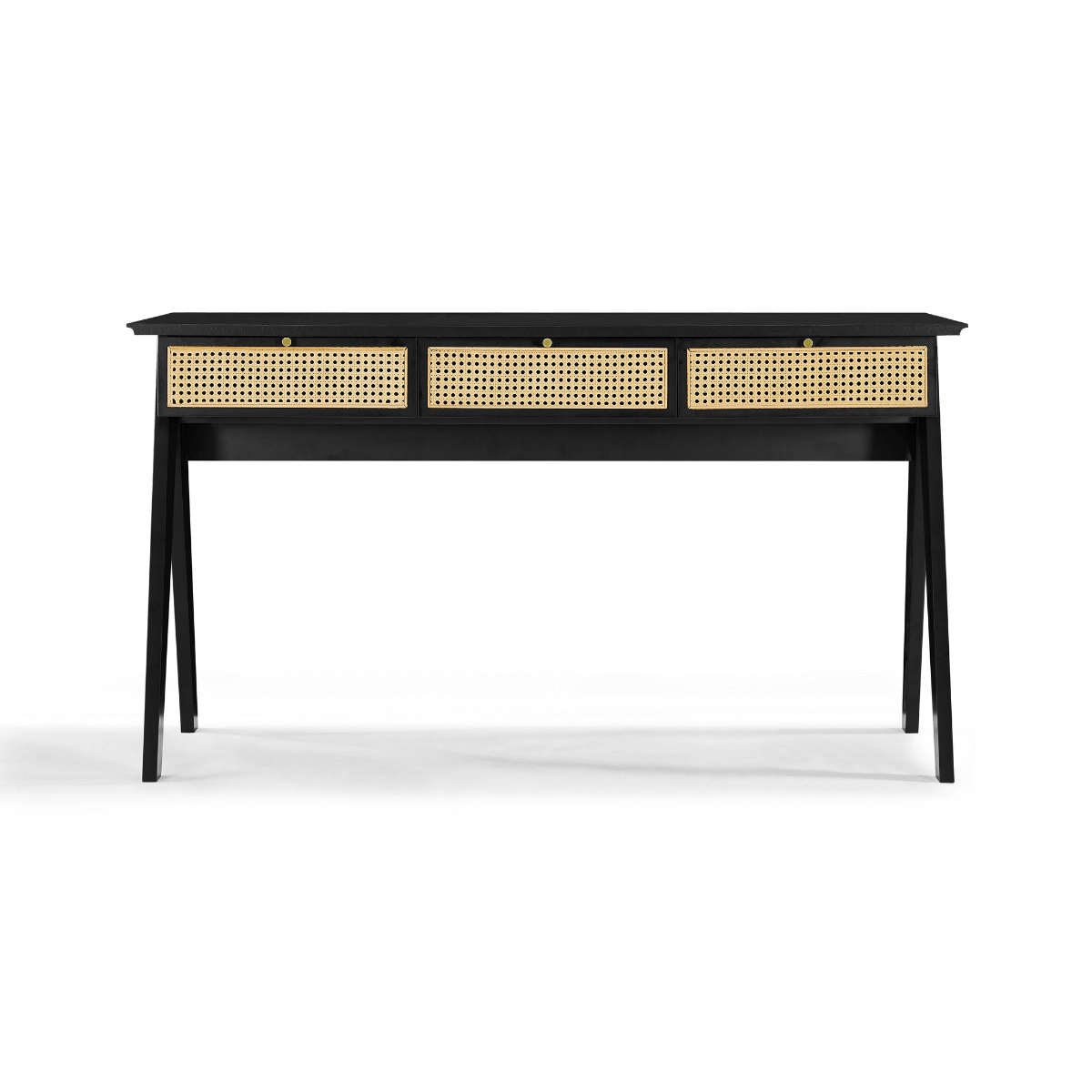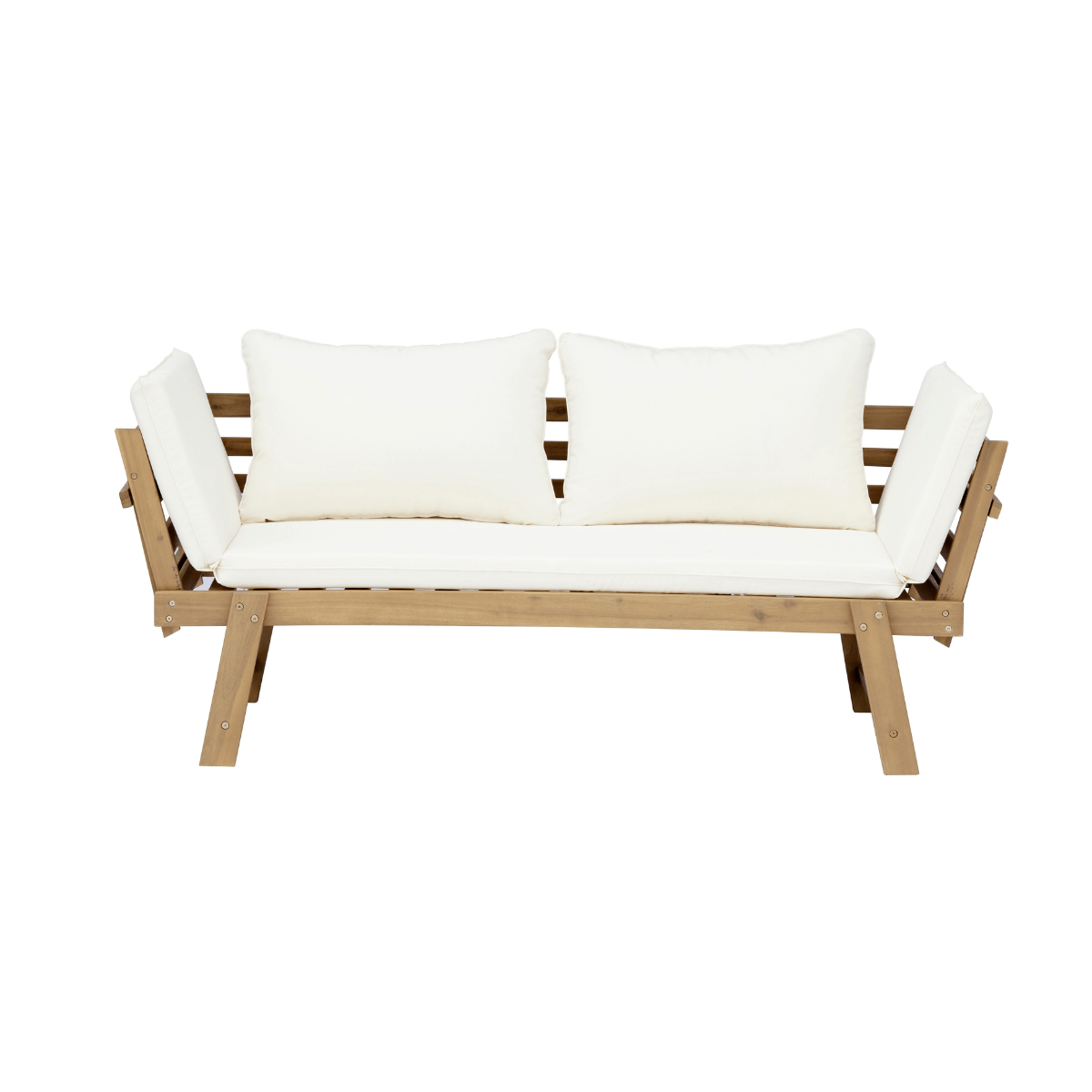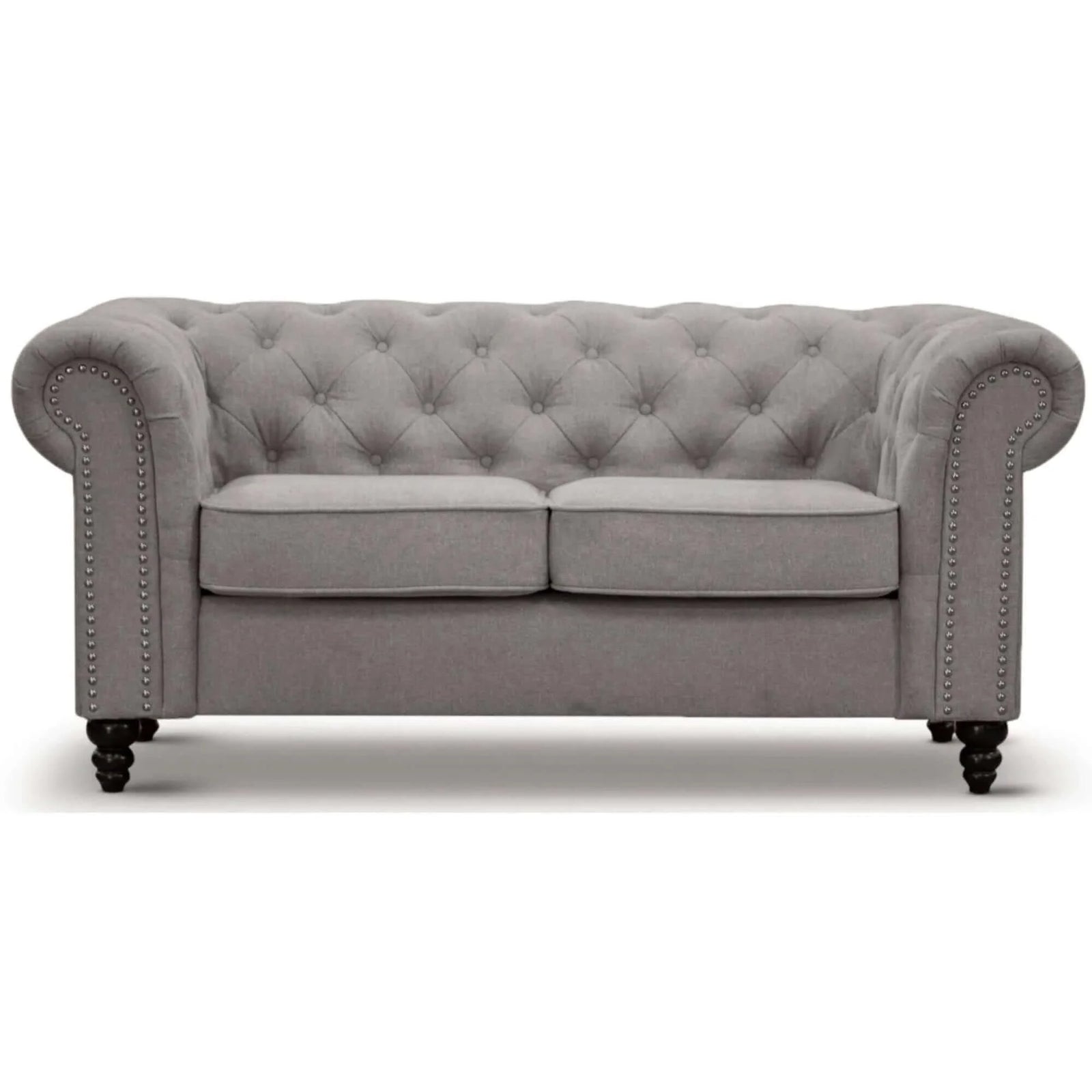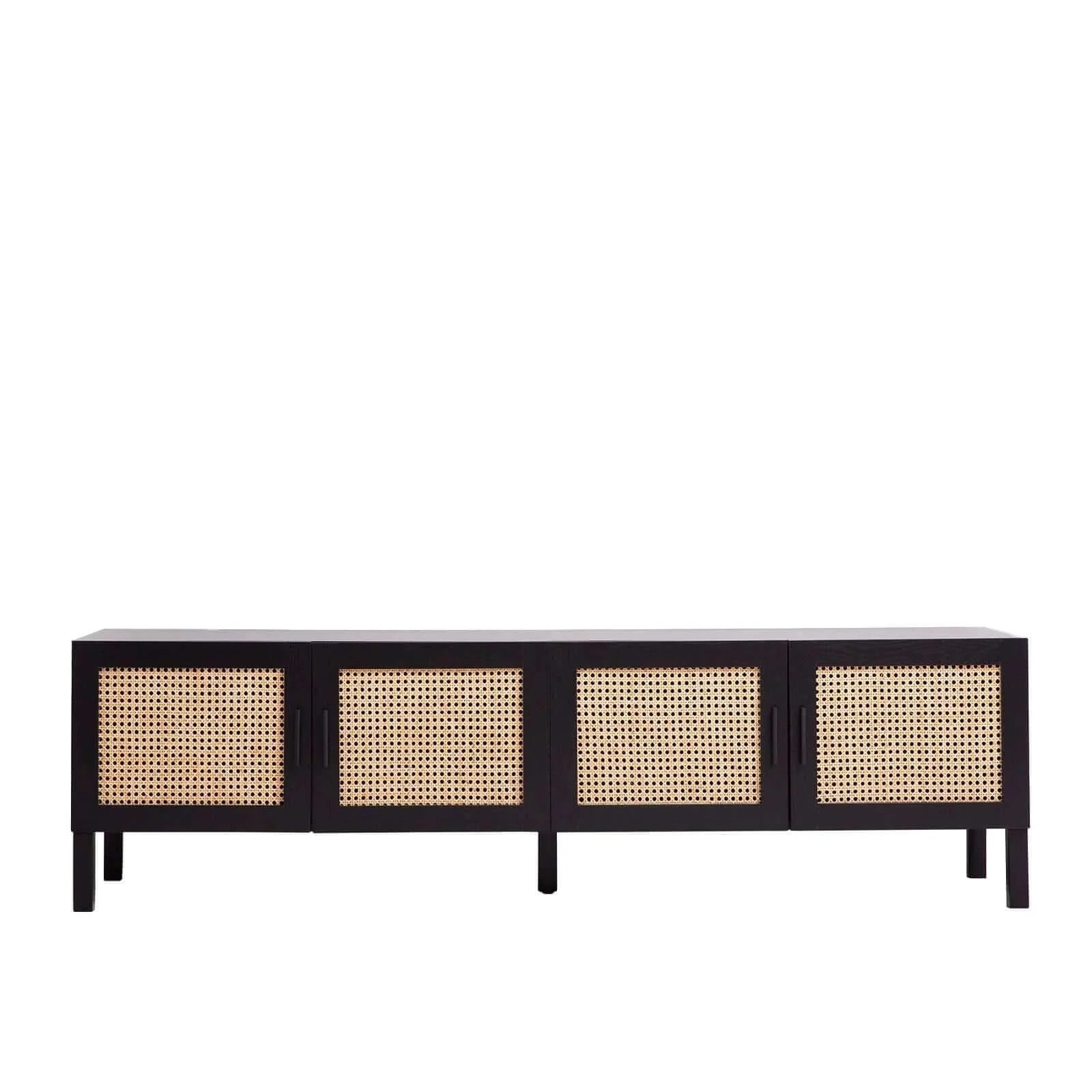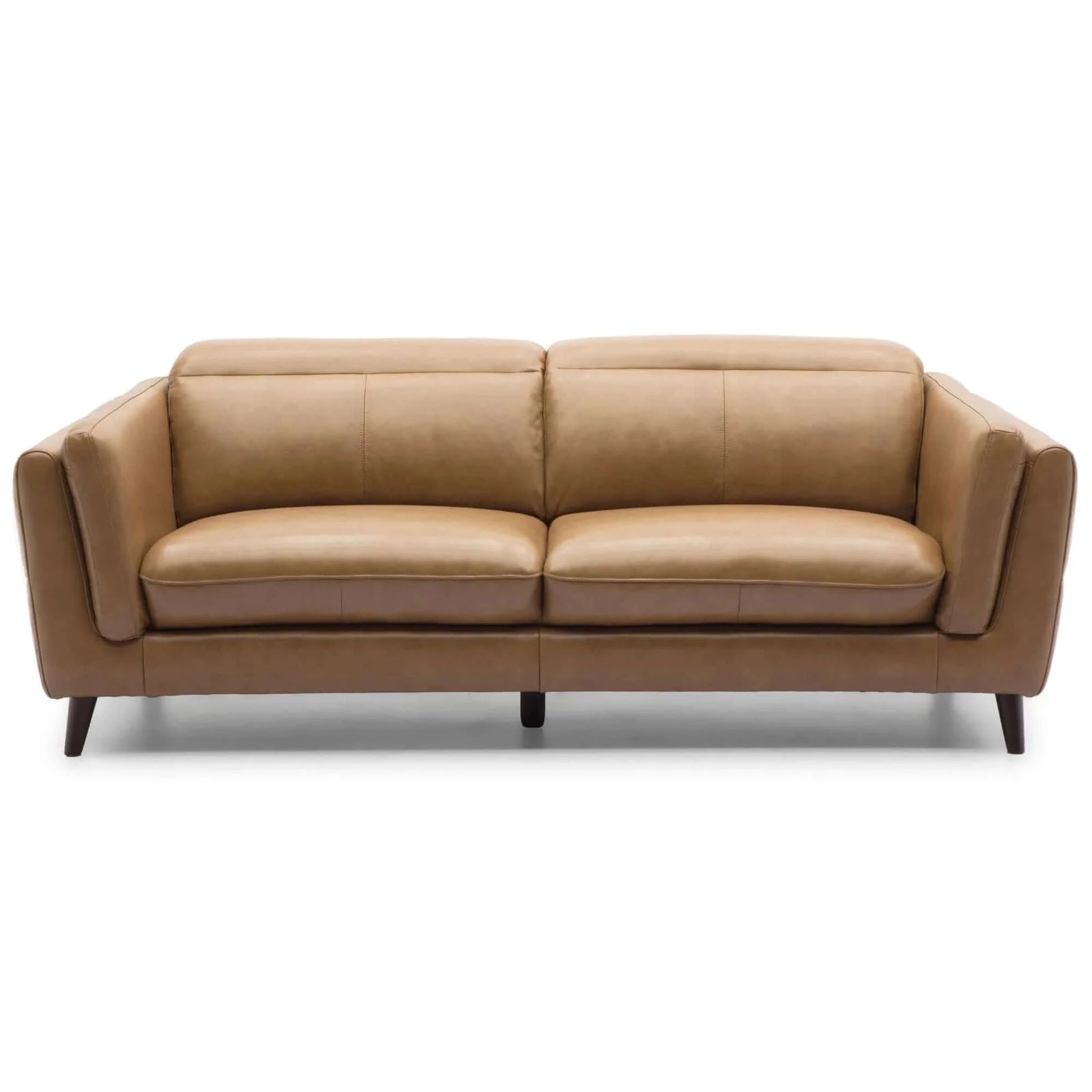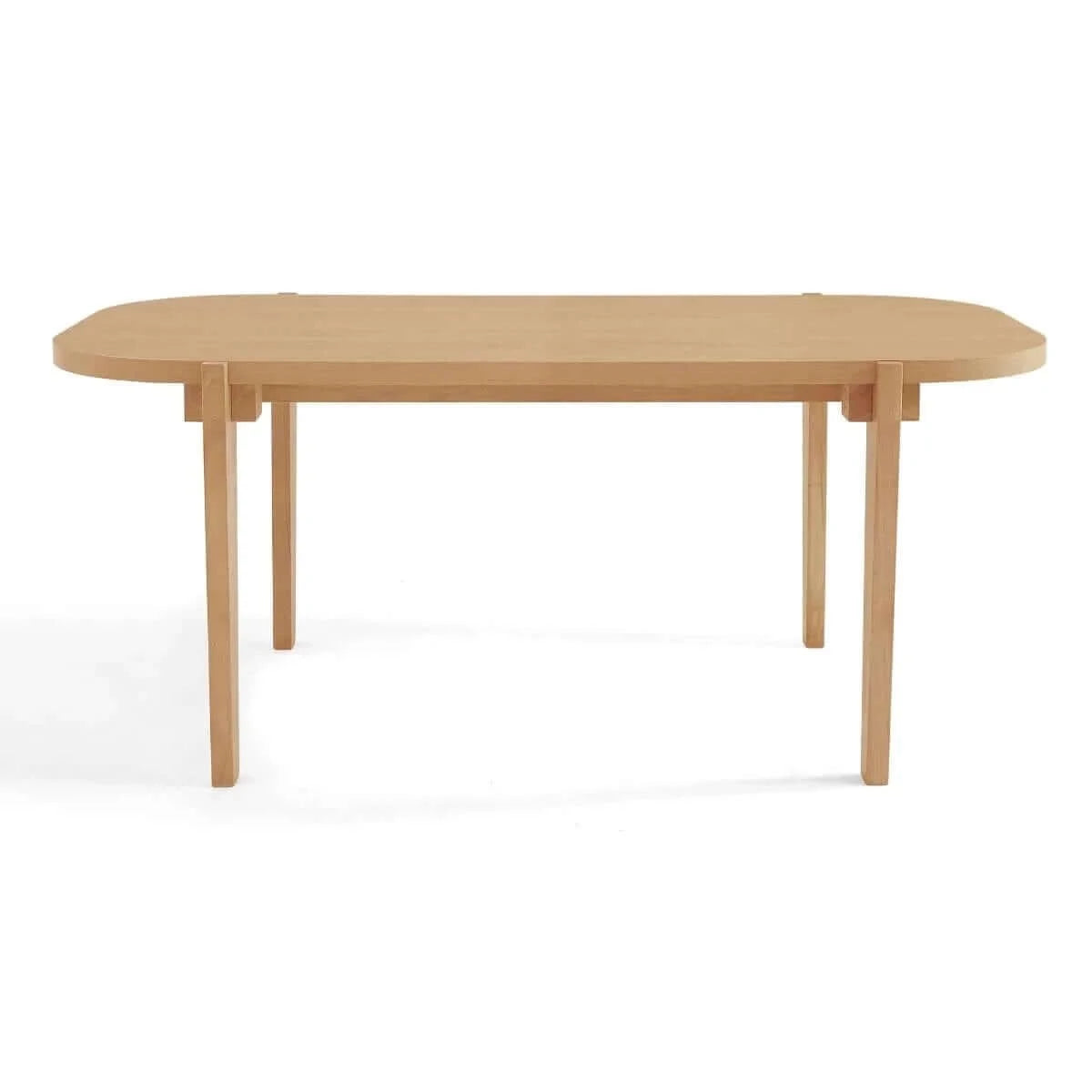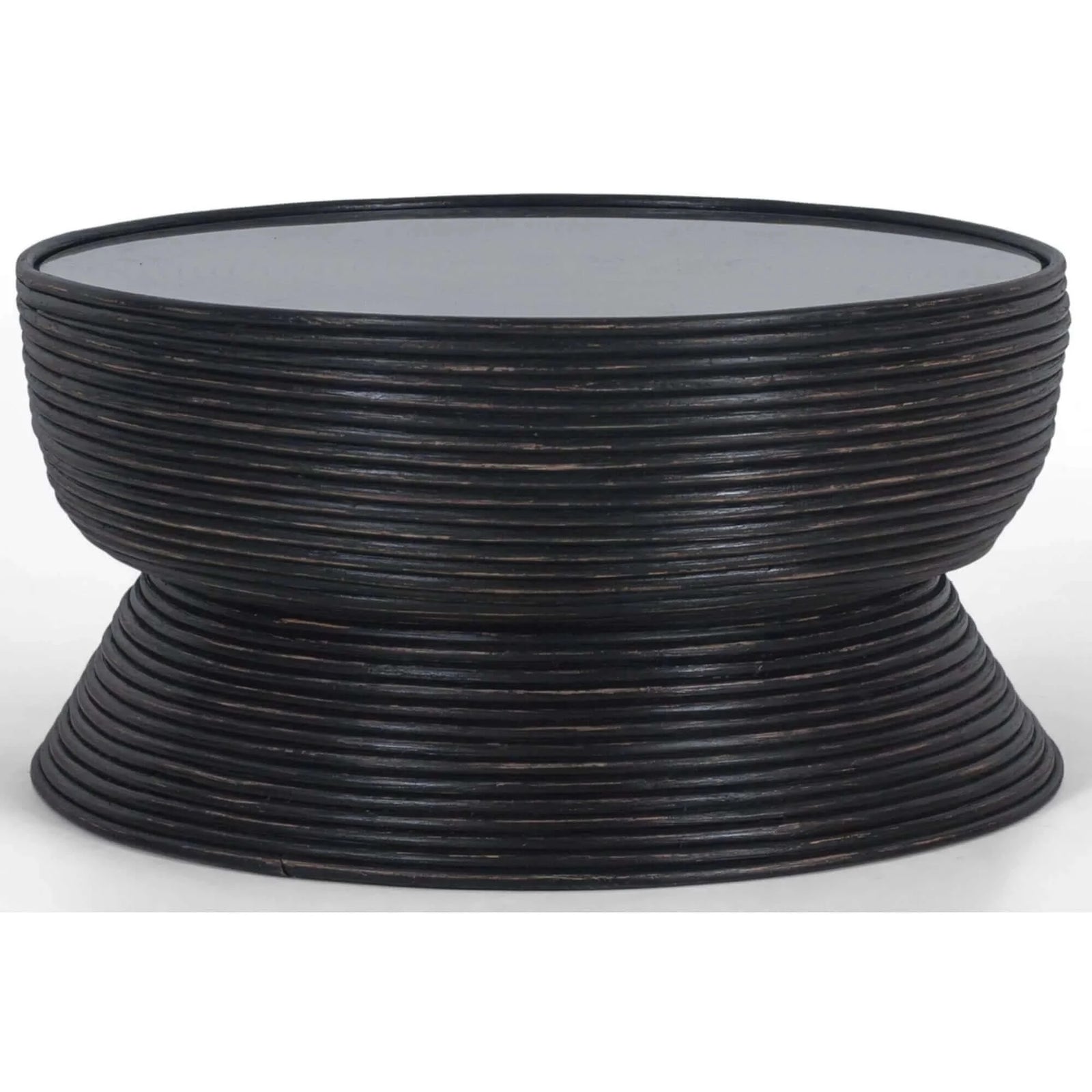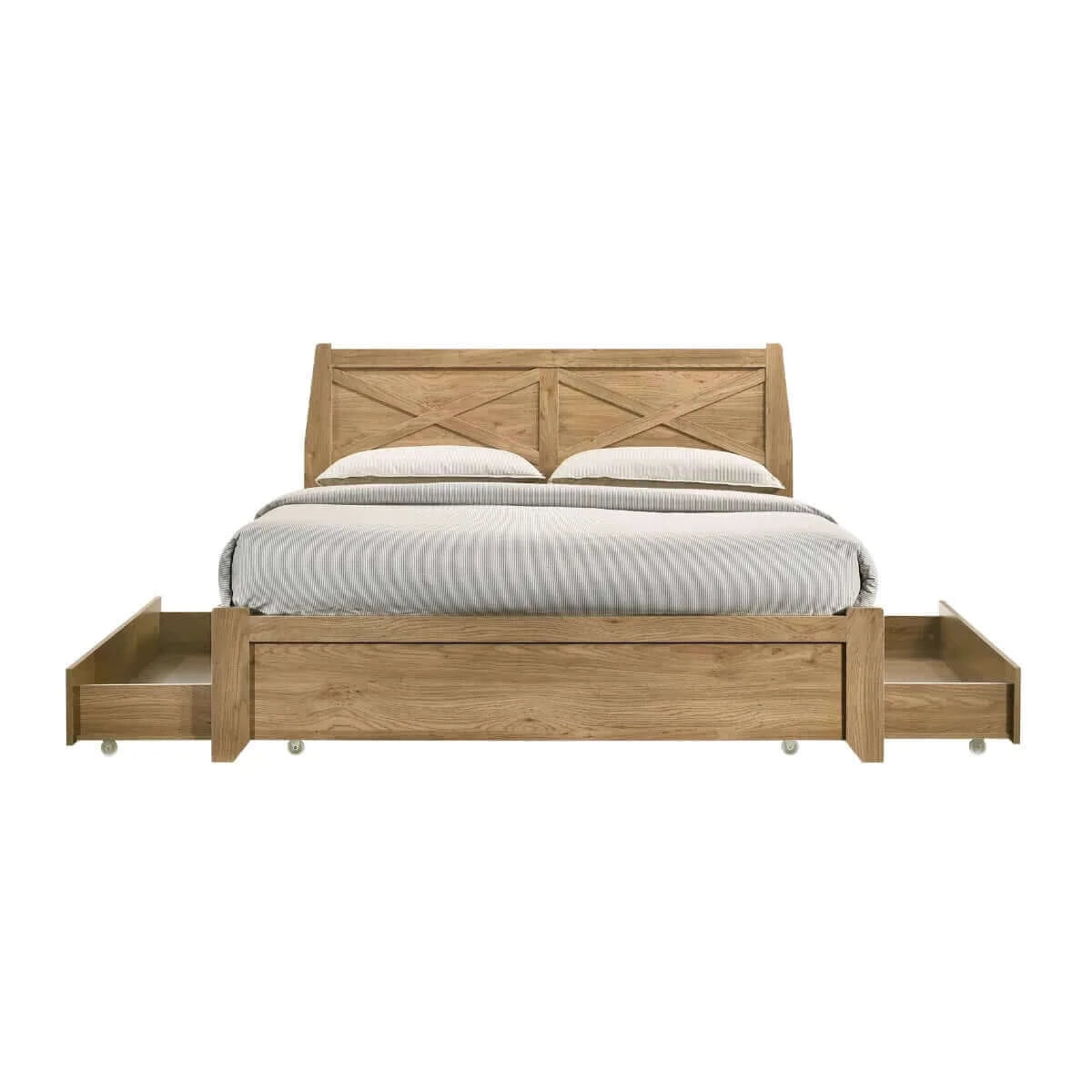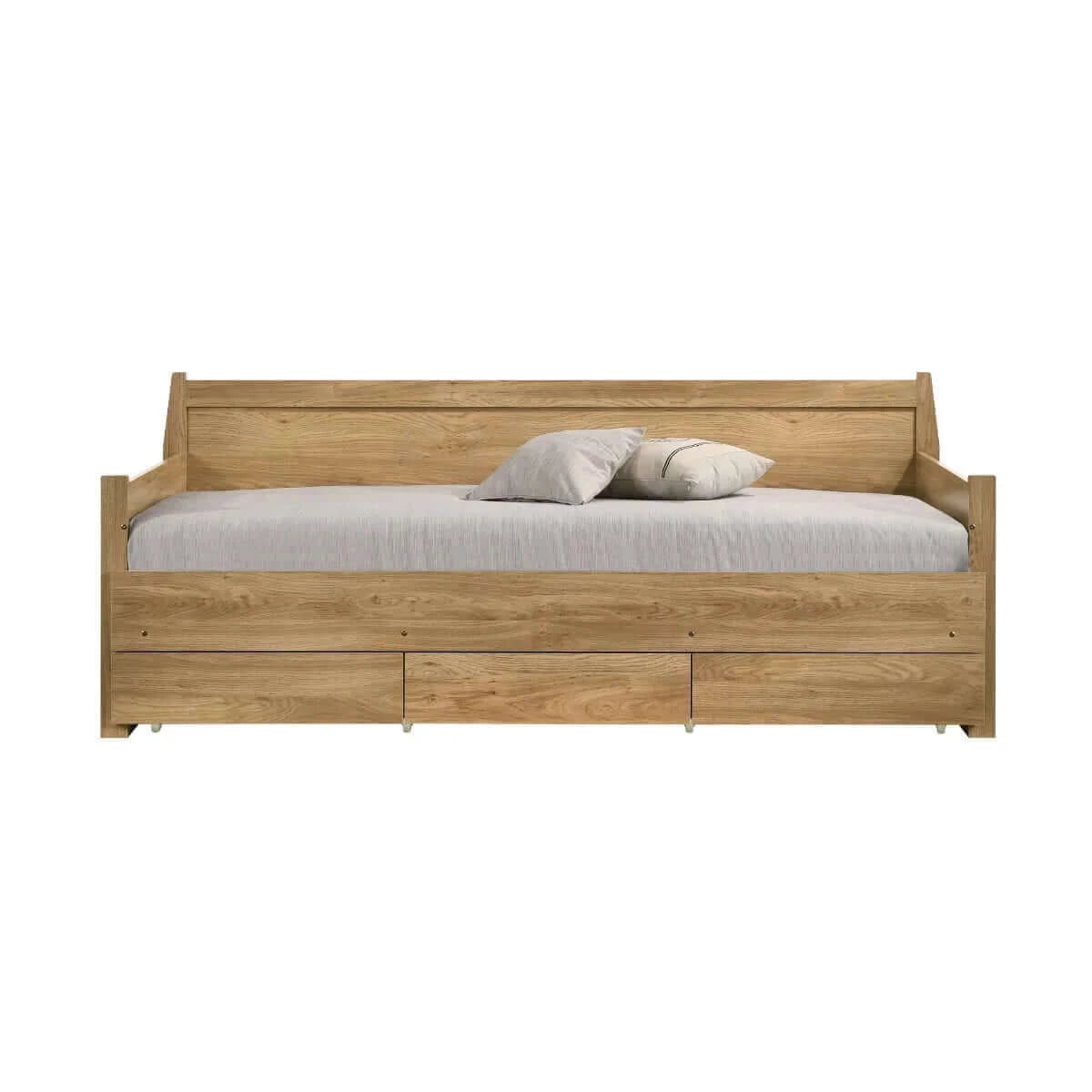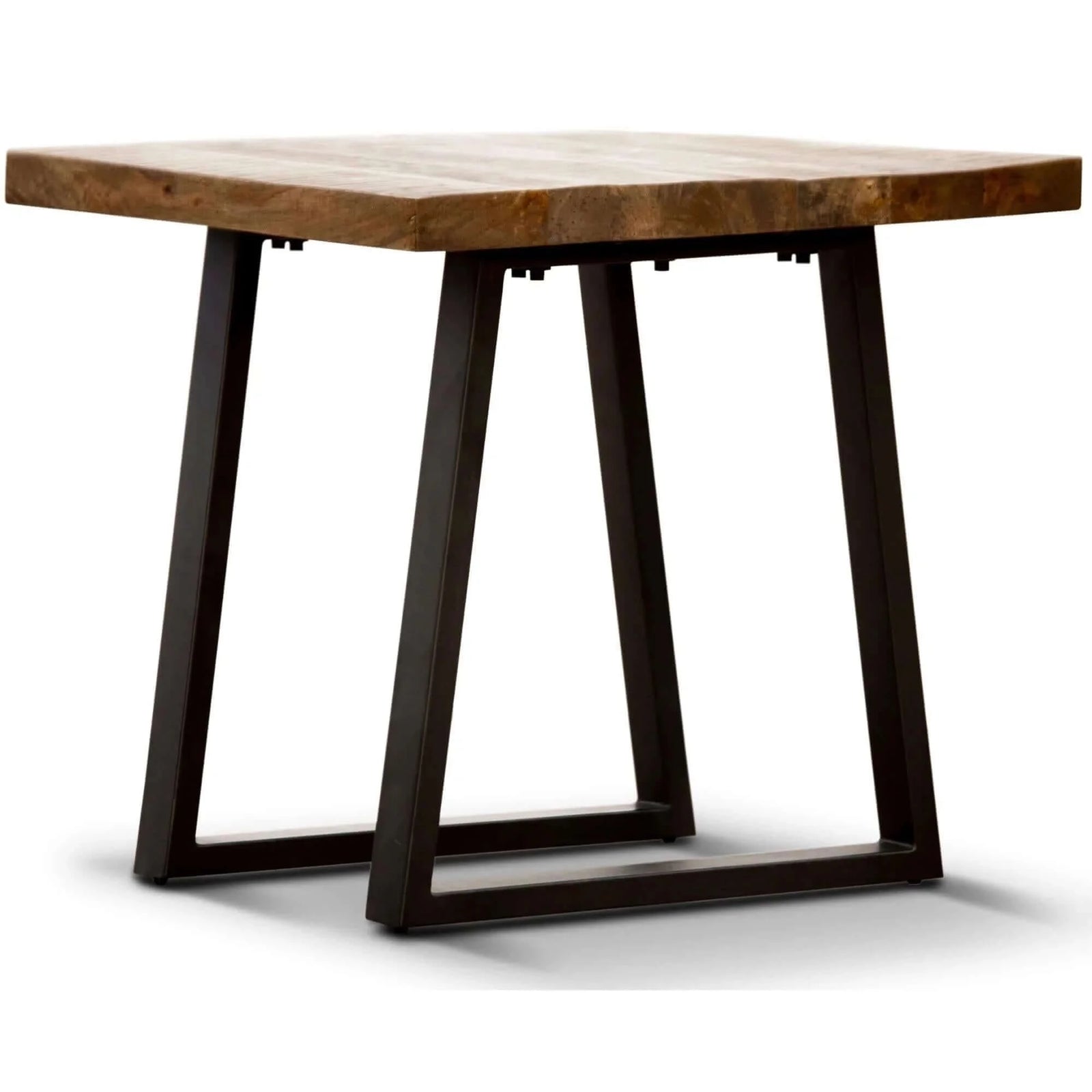Rocking on Chair: Unlocking the Surprising Health Benefits and Relaxation Techniques
Are you ready to rock your way to better health and relaxation? Discover the surprising benefits of rocking on a chair and unlock a world of tranquillity. Whether it's a classic rocking chair or one of the modern ergonomic designs, this timeless art of gentle back-and-forth motion has been proven to soothe both body and mind.
Rocking on a chair has long been associated with relaxation, helping to reduce stress and anxiety. But did you also know that it can improve your physical health? Studies have shown that rocking can aid in digestion, promote circulation, and even relieve symptoms of conditions like arthritis and back pain.
In addition to its physical benefits, rocking can also have a positive impact on mental well-being. The rhythmic motion has a calming effect, promoting relaxation and helping to improve sleep quality. It can also be a form of meditation, allowing you to disconnect from the outside world and focus on the present moment.
So, whether you're looking to unwind after a long day or simply want to enhance your overall well-being, rocking on a chair is a simple yet powerful technique that can bring you inner peace and rejuvenation. Embrace the art of rocking and experience the transformative effects for yourself.
The History of Rocking Chairs
Rocking chairs have a rich history that dates back centuries. They were first popularized in the early 18th century and quickly became a symbol of comfort and relaxation. The earliest known rocking chairs were made of wood and featured a curved base that allowed for the rocking motion. Over time, different styles and variations of rocking chairs emerged, each with its own unique design and features.
In the United States, rocking chairs gained significant popularity during the 19th century. They were often found on porches and in living rooms, providing a comfortable spot for individuals to relax and enjoy the gentle back-and-forth motion. Rocking chairs were also commonly used by mothers to soothe their infants, as the rhythmic rocking motion helped to calm and put them to sleep.
Today, rocking chairs continue to be a beloved piece of furniture in many households. While the designs have evolved to include more modern and ergonomic options, the essence of rocking on a chair remains the same – a simple yet effective way to relax and find solace.
The Surprising Health Benefits of Rocking on a Chair
While rocking on a chair is commonly associated with relaxation, its health benefits may come as a surprise. Research has shown that the gentle, rhythmic motion of rocking can have a positive impact on various aspects of physical health.
One notable benefit of rocking on a chair is its effect on digestion. The rocking motion stimulates the muscles in the abdomen, promoting movement in the digestive tract and aiding in the process of digestion. This can be particularly beneficial for individuals who struggle with digestive issues such as bloating, constipation, or indigestion.
Furthermore, rocking on a chair can also improve circulation. The rocking motion helps to activate the muscles in the legs, encouraging blood flow and preventing the pooling of blood in the lower extremities. Improved circulation can have a range of benefits, including reduced swelling, enhanced nutrient delivery to tissues, and a lower risk of developing conditions such as varicose veins.
In addition to its impact on physical health, rocking on a chair can also have a positive effect on mental well-being. The rhythmic motion is inherently soothing, helping to reduce stress and anxiety. It can provide a sense of calm and relaxation, allowing individuals to unwind and find respite from the demands of everyday life.
The meditative qualities of rocking on a chair should not be overlooked either. The repetitive motion can serve as a form of meditation, helping individuals to focus their attention on the present moment and quiet the mind. This can be particularly beneficial for those who struggle with racing thoughts or find it challenging to relax and let go of worries.
Rocking Chair vs. Stationary Chair: A Comparison
When it comes to choosing a chair, the decision between a rocking chair and a stationary chair may seem straightforward. However, understanding the differences between the two can help you make an informed choice based on your specific needs and preferences.
A rocking chair offers the unique benefit of gentle motion, which can have a calming effect on both the body and mind. The rhythmic rocking motion promotes relaxation, making it an ideal choice for individuals seeking a soothing and stress-relieving experience. It can also be a valuable addition to spaces designed for meditation or mindfulness practices.
On the other hand, a stationary chair provides stability and support without the rocking motion. This can be advantageous for individuals who require a firm and stable sitting surface, such as those with mobility issues or who need extra support for their back or joints. Stationary chairs are often designed with ergonomic features to promote proper posture and reduce the risk of discomfort or pain during prolonged sitting.
Ultimately, the choice between a rocking chair and a stationary chair depends on your personal preferences, health needs, and the intended use of the chair. Consider factors such as the level of comfort, desired level of motion, and any specific features or support requirements that are important to you.
How Rocking on a Chair Promotes Relaxation and Stress Relief
Rocking on a chair is a simple yet effective technique for promoting relaxation and reducing stress. The gentle back-and-forth motion of the chair can have a profound impact on both the body and mind, allowing for a sense of calm and tranquillity.
One of the main reasons why rocking on a chair is relaxing is its ability to activate the parasympathetic nervous system. This branch of the nervous system is responsible for the body's rest and digest response, which helps to counteract the effects of the sympathetic nervous system, responsible for the fight-or-flight response. By activating the parasympathetic nervous system, rocking on a chair can help to reduce stress levels and induce a state of relaxation.
The rhythmic motion of rocking also has a soothing effect on the body. It can help to release tension in the muscles, particularly in the back and neck, which are common areas where stress and anxiety manifest. The gentle movement stimulates blood flow, delivering oxygen and nutrients to the muscles and promoting their relaxation.
Moreover, rocking on a chair can be a form of sensory stimulation, which can further enhance relaxation. The repetitive motion provides a gentle and predictable sensation, helping to calm the nervous system and promote a sense of security and comfort. This can be particularly beneficial for individuals who struggle with anxiety or have difficulty finding a sense of calm in their environment.
By incorporating rocking on a chair into your daily routine, you can create a dedicated space and time for relaxation. Whether it's a few minutes in the morning to set the tone for the day ahead or a longer session in the evening to unwind and release the accumulated stress, rocking on a chair can provide a much-needed respite from the fast-paced nature of modern life.
Techniques for Maximizing the Benefits of Rocking on a Chair
To truly unlock the full potential of rocking on a chair, it's important to approach it with intention and mindfulness. By incorporating specific techniques into your rocking practice, you can enhance the benefits and create a more meaningful and transformative experience.
First and foremost, it's essential to find a comfortable and supportive rocking chair that suits your body and needs. Look for a chair with proper lumbar support and an ergonomic design that promotes good posture. The chair should allow for a smooth rocking motion without any jerking or instability. Consider factors such as the size, materials, and cushioning to ensure optimal comfort.
Once you have the right chair, pay attention to your body and how it responds to the rocking motion. Start by sitting upright with your feet flat on the floor and your back aligned against the backrest. Engage your core muscles to maintain stability and support as you begin to rock back and forth. Focus on the sensation of the motion, allowing yourself to relax and let go of any tension or stress.
Breathing exercises can be a powerful addition to your rocking practice. As you rock on the chair, take slow, deep breaths, inhaling through your nose and exhaling through your mouth. Pay attention to the rhythm of your breath and the gentle rise and fall of your abdomen. This can help to further activate the relaxation response and promote a sense of calm and centring.
To deepen the meditative qualities of rocking on a chair, incorporate mindfulness techniques into your practice. As you rock, bring your awareness to the present moment, letting go of any thoughts or distractions. Notice the sensation of your body moving in space, the feeling of the chair supporting you, and the sounds and smells of your environment. By fully immersing yourself in the experience, you can enhance the relaxation and mindfulness benefits of rocking on a chair.
Choosing the Right Rocking Chair for Optimal Comfort and Support
When it comes to choosing a rocking chair, comfort and support should be top priorities. The right chair can make all the difference in your rocking experience, ensuring that you can fully relax and enjoy the benefits without any discomfort or strain.
One of the key factors to consider is lumbar support. Look for a rocking chair that provides proper support for the natural curve of your lower back. This helps to maintain good posture and prevent slouching, which can lead to back pain and discomfort. Chairs with built-in lumbar support or adjustable features are particularly beneficial in this regard.
The size and dimensions of the rocking chair are also important considerations. Ensure that the chair is proportionate to your body size, with adequate space to move and adjust comfortably. The seat depth and width should be suitable for your body shape, allowing for proper weight distribution and support. Additionally, check the height of the backrest to ensure that it provides adequate support for your upper back and neck.
Materials and cushioning play a role in both comfort and durability. Opt for high-quality materials that are resistant to wear and tear, such as solid wood or sturdy metal frames. Consider the type and density of the cushioning, as well as the upholstery fabric. Look for options that provide sufficient padding and are easy to clean and maintain.
Finally, test out the rocking motion of the chair before making a purchase. The movement should be smooth and fluid, without any jarring or instability. A well-designed rocking chair will have a gentle and balanced rocking motion that promotes relaxation and comfort. Take the time to sit in the chair and rock back and forth to ensure that it feels comfortable and natural to you.
By choosing a rocking chair that meets your specific comfort and support needs, you can create an optimal environment for relaxation and well-being. Invest in a chair that will provide you with years of enjoyment and therapeutic benefits.
Incorporating Rocking into Your Daily Routine for Better Health and Relaxation
To fully reap the benefits of rocking on a chair, it's important to incorporate it into your daily routine. By dedicating time and space for rocking, you can make it a regular practice that promotes better health and relaxation.
Start by designating a specific area in your home for rocking. This could be a corner of your living room, a cozy nook in your bedroom, or a peaceful spot on your porch or patio. Set up your rocking chair in this space, making it easily accessible and inviting. Consider adding soft lighting, soothing music, or aromatic candles to enhance the ambiance and create a calming atmosphere.
Next, establish a consistent rocking routine. Depending on your schedule and preferences, this could be a short session in the morning to start your day on a peaceful note, a mid-day break to recharge and refocus, or a longer session in the evening to unwind and prepare for a restful night's sleep. Aim for at least 10-15 minutes of dedicated rocking time, allowing yourself to fully immerse in the experience.
During your rocking sessions, make an effort to disconnect from distractions and be fully present. Turn off your phone or put it on silent, and let go of any thoughts or worries that may arise. Focus on the sensation of rocking, the rhythm of your breath, and the feeling of relaxation spreading throughout your body. Allow yourself to be fully absorbed in the experience, savouring the moments of tranquillity and rejuvenation.
Consider incorporating other relaxation techniques into your rocking routine to enhance the overall experience. This could include listening to guided meditations or soothing music, practicing gentle stretching or yoga poses, or simply enjoying a cup of herbal tea or a warm bath before or after your rocking session. By combining different relaxation practices, you can create a holistic approach to self-care and well-being.
Remember that consistency is key when it comes to reaping the benefits of rocking on a chair. Make rocking a priority in your daily routine and approach it with dedication and intention. Over time, you'll start to notice the positive effects it has on your physical and mental well-being, as well as its ability to promote relaxation and reduce stress.
Rocking Chair Exercises for Improving Posture and Core Strength
While rocking on a chair is primarily known for its relaxation benefits, it can also be a valuable tool for improving posture and core strength. By incorporating specific exercises into your rocking routine, you can target these areas and enhance the overall benefits of this gentle motion.
One simple exercise to improve posture is the seated back extension. Start by sitting upright on the rocking chair with your feet flat on the floor and your hands resting on your thighs. Engage your core muscles and slowly lean back, extending your spine and opening up your chest. Hold this position for a few seconds, feeling the stretch in your upper back and shoulders, and then return to the starting position. Repeat this exercise for several repetitions, focusing on maintaining proper alignment and control throughout the movement.
To target your core muscles, you can perform seated abdominal crunches on the rocking chair. Sit upright with your back aligned against the backrest and your hands lightly supporting your head. Engage your core and slowly lean back, allowing your upper body to curve slightly. As you return to the starting position, engage your abdominal muscles and lift your chest towards the ceiling, feeling the contraction in your abs. Repeat this movement for several repetitions, focusing on the controlled and deliberate motion.
In addition to these exercises, rocking on a chair can also be a valuable tool for improving balance and stability. Simply sitting on the rocking chair and focusing on maintaining your balance as you rock back and forth can help to strengthen the muscles in your legs and core. Start with small, controlled movements and gradually increase the range of motion as your balance improves.
Remember to always listen to your body and work within your limits. If you have any pre-existing conditions or injuries, consult with a healthcare professional before incorporating rocking chair exercises into your routine. They can provide guidance and modifications to ensure that you exercise safely.





